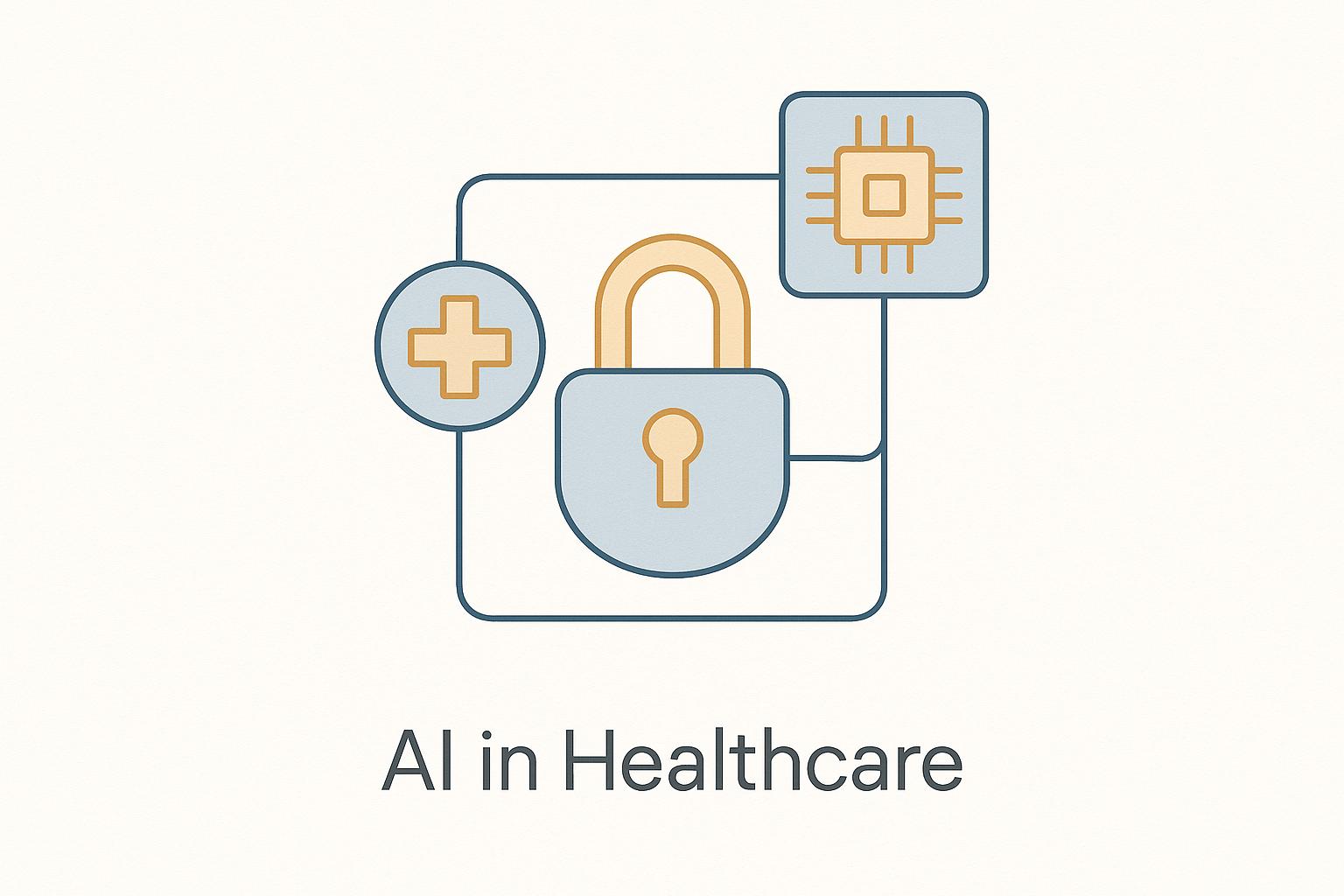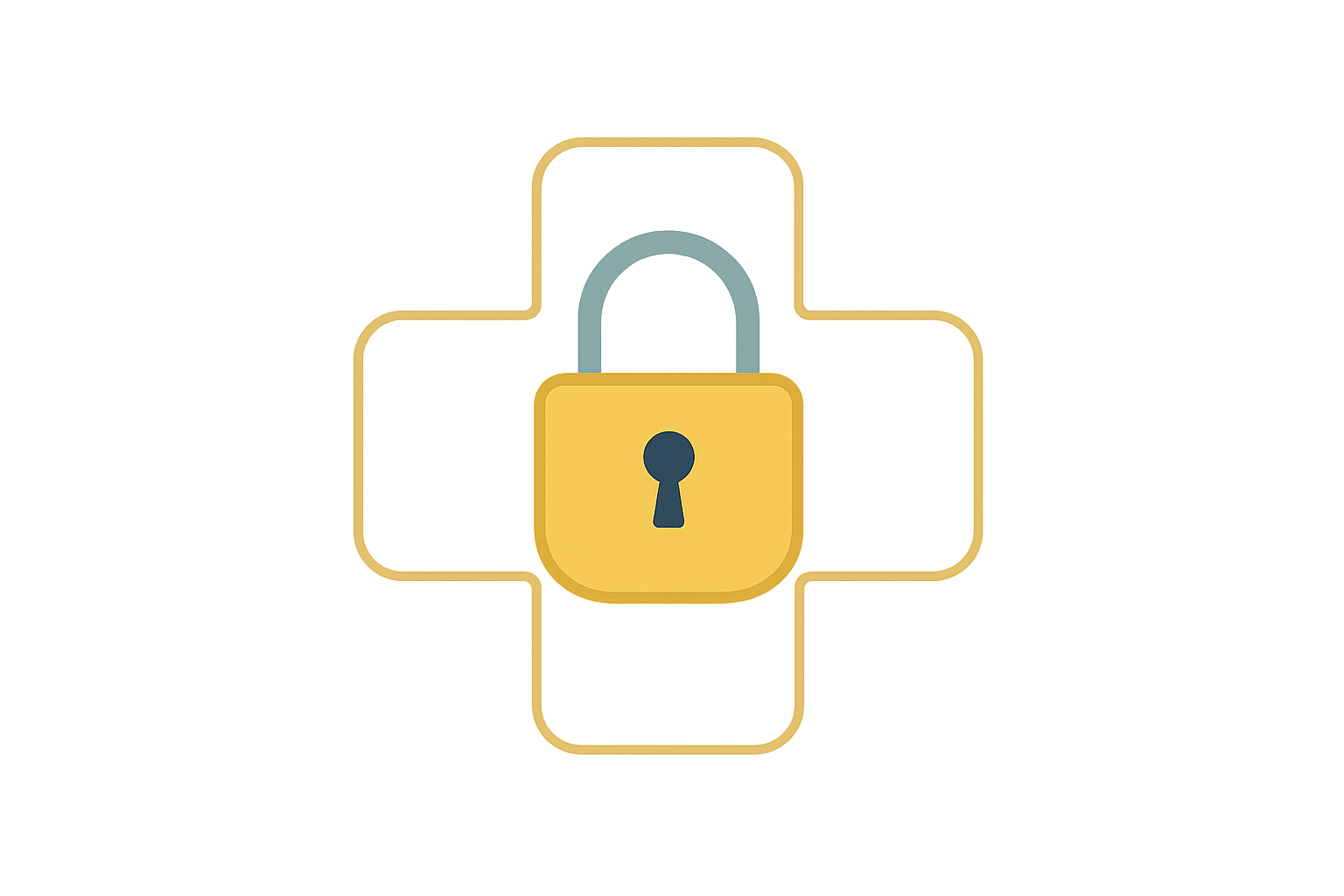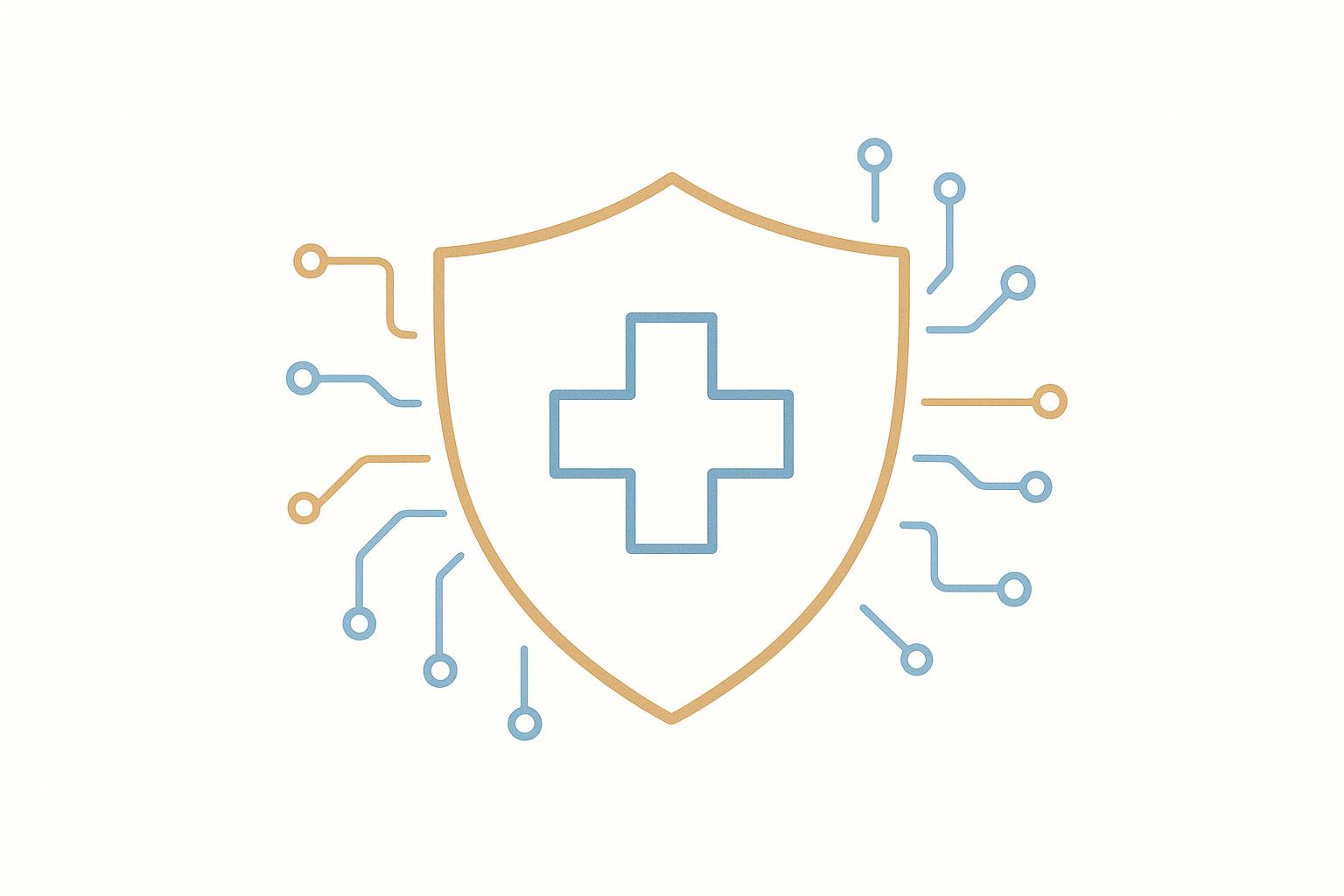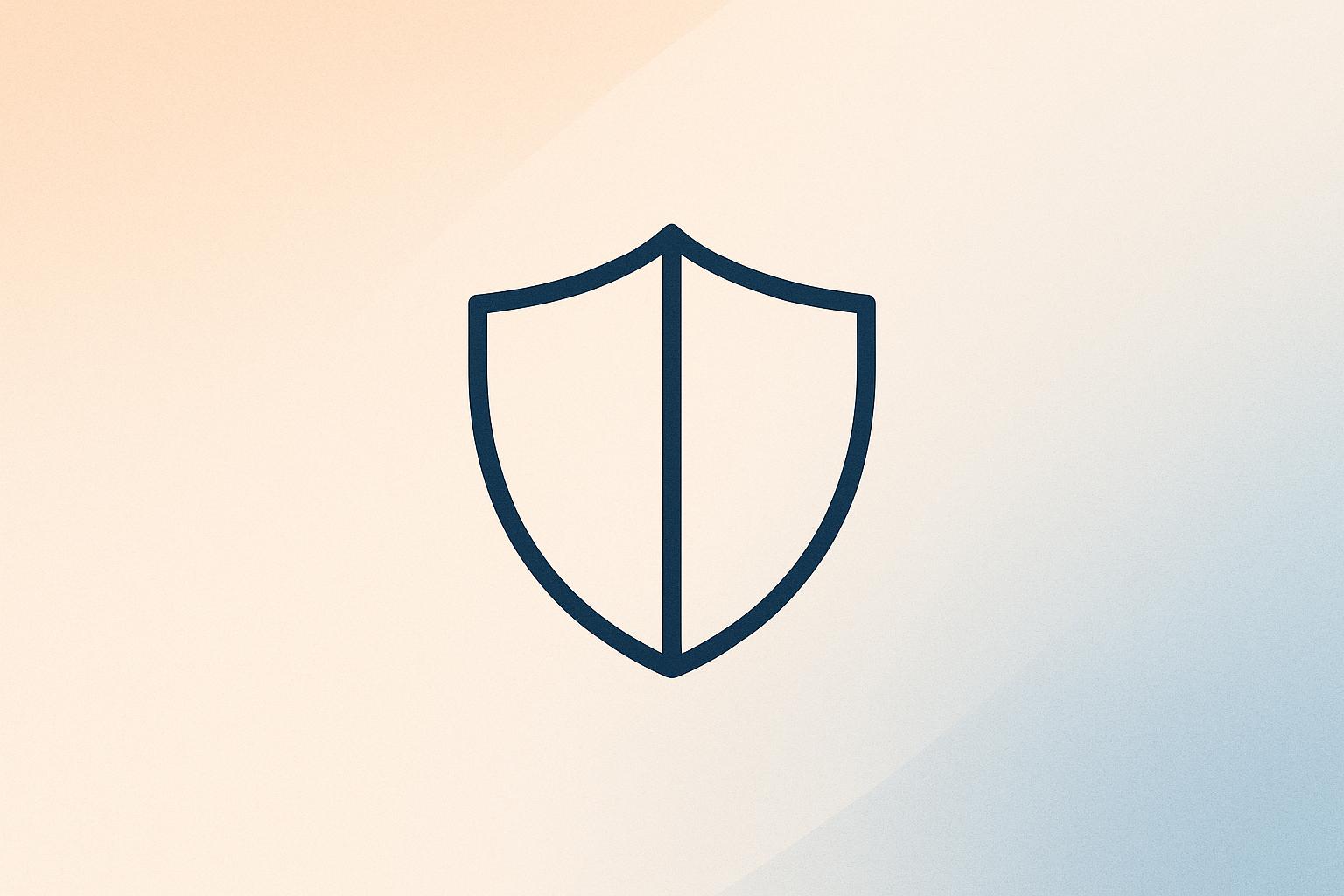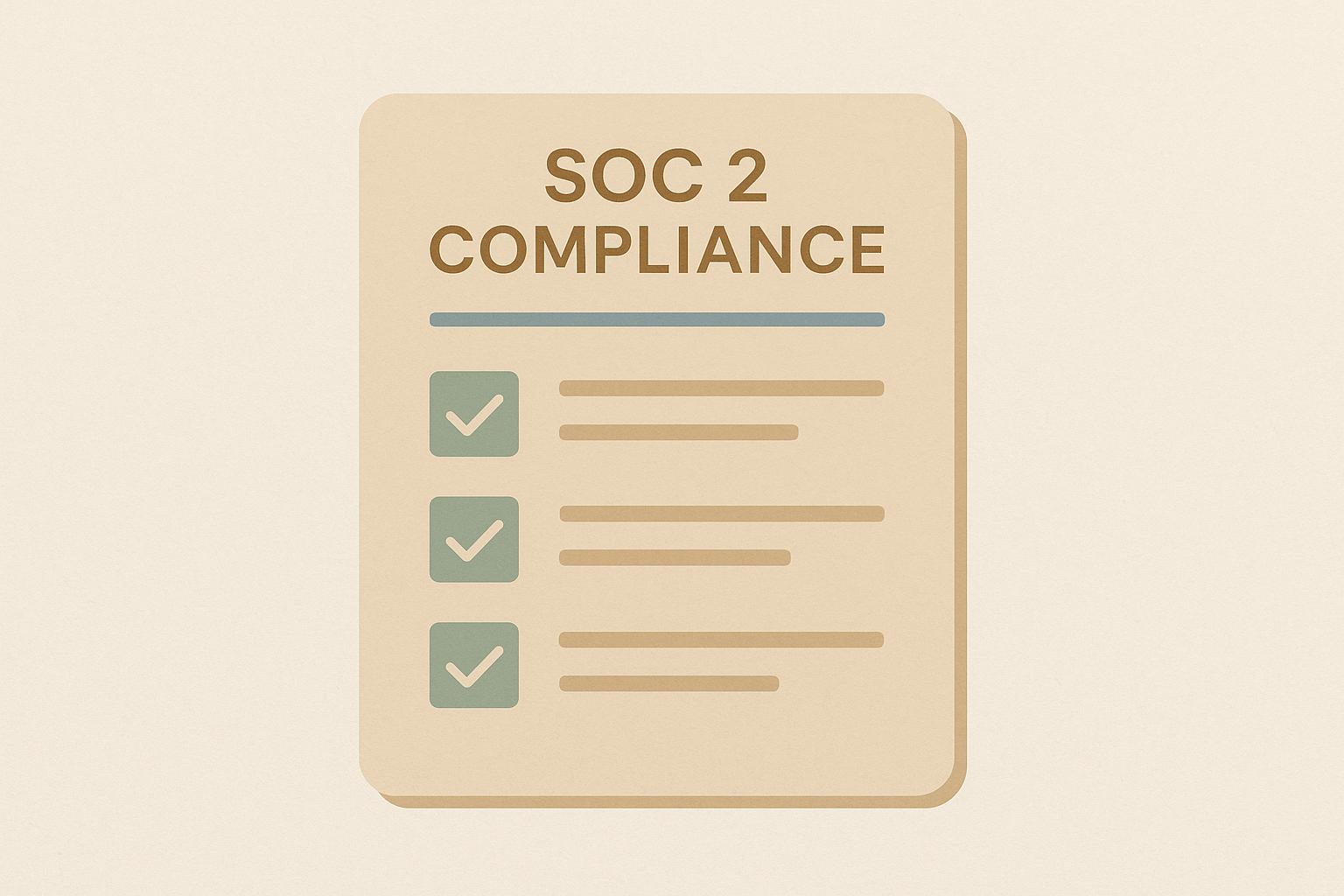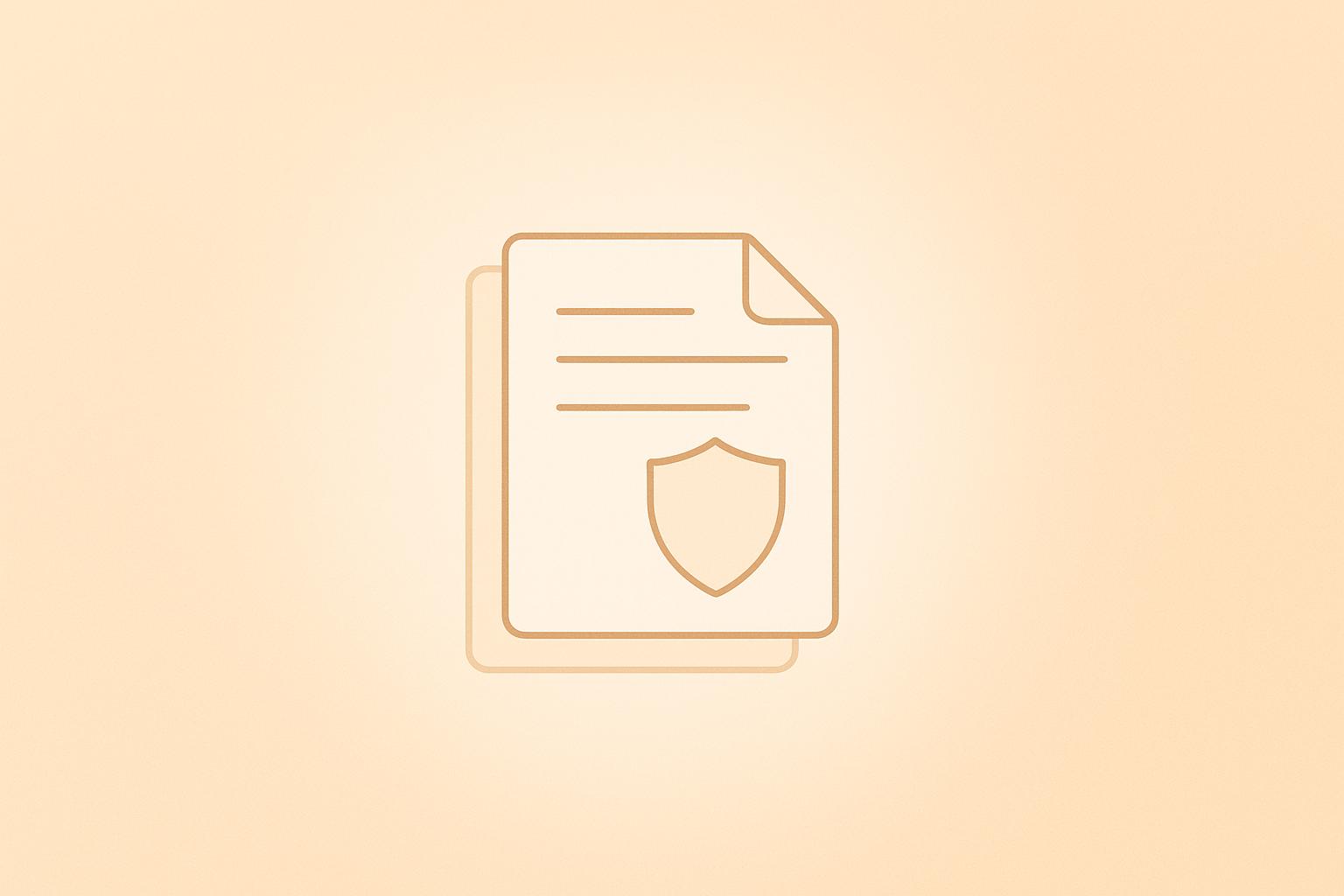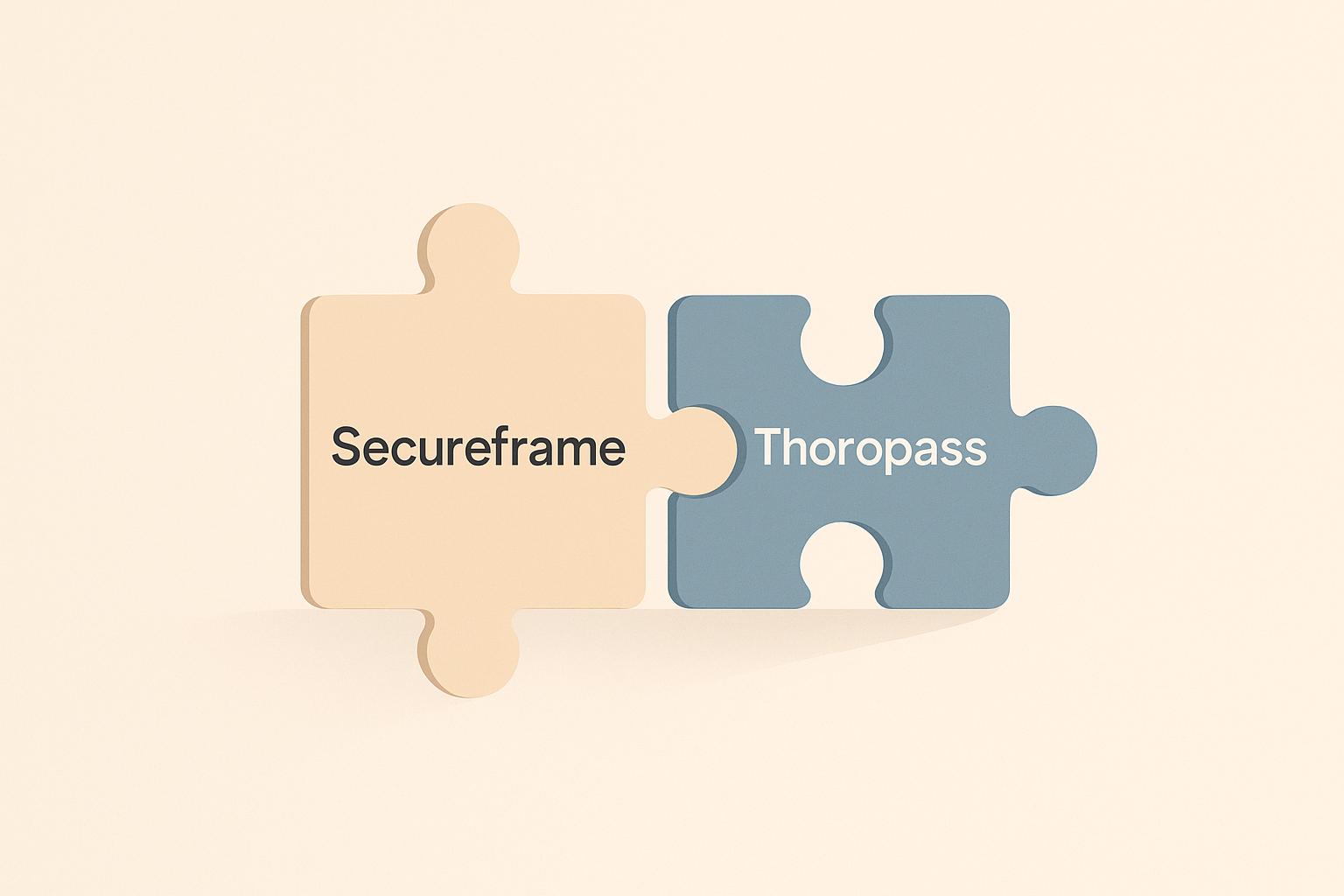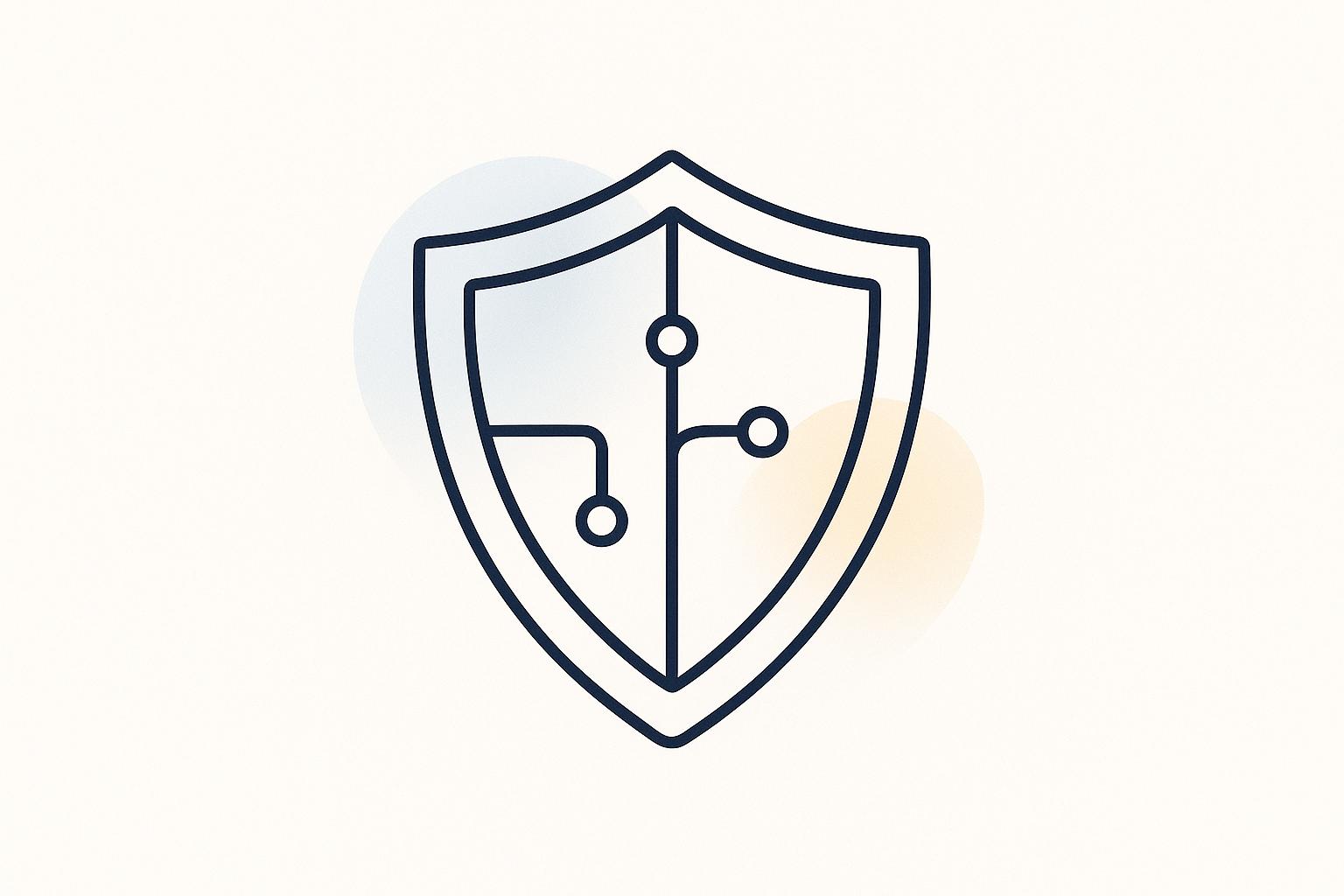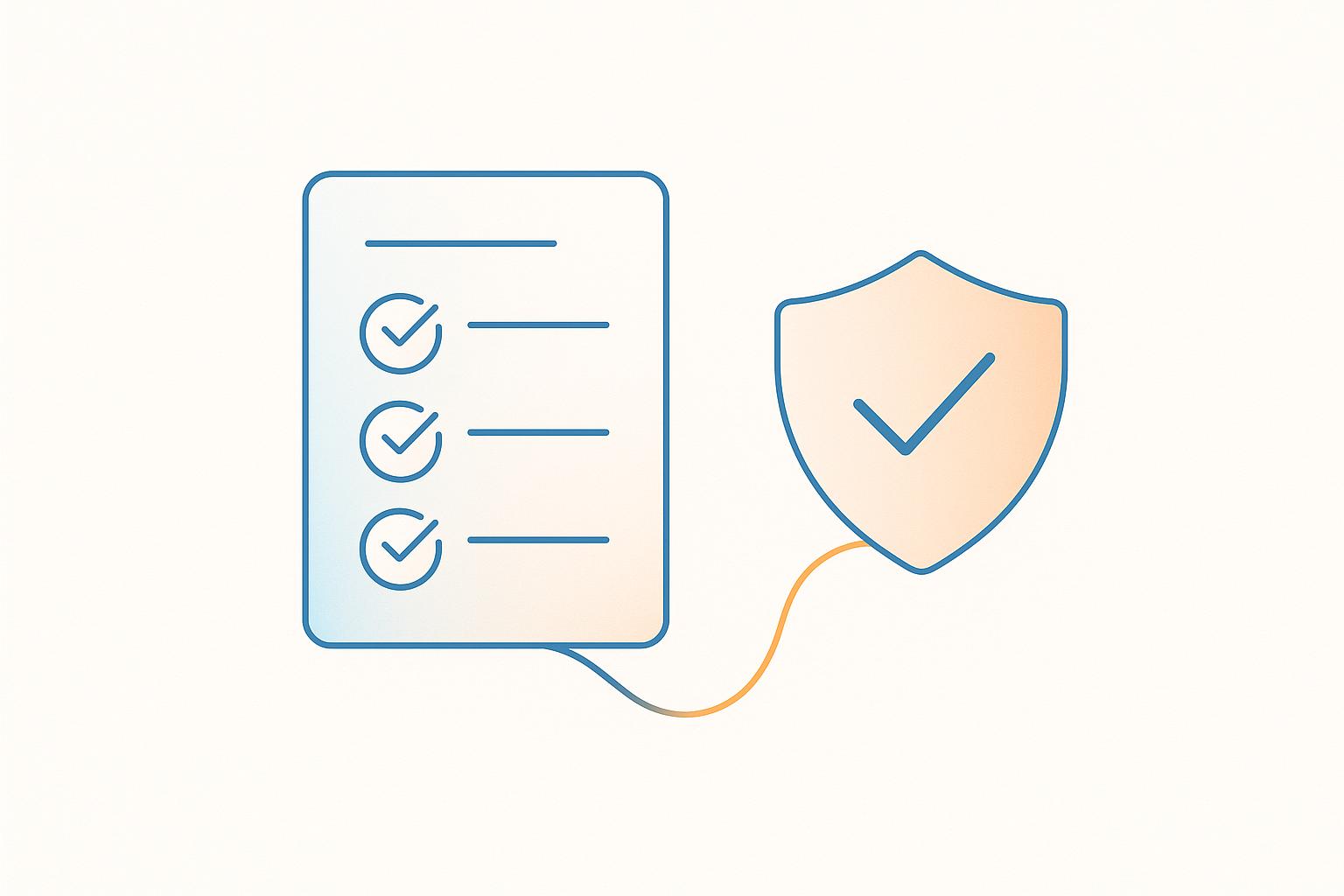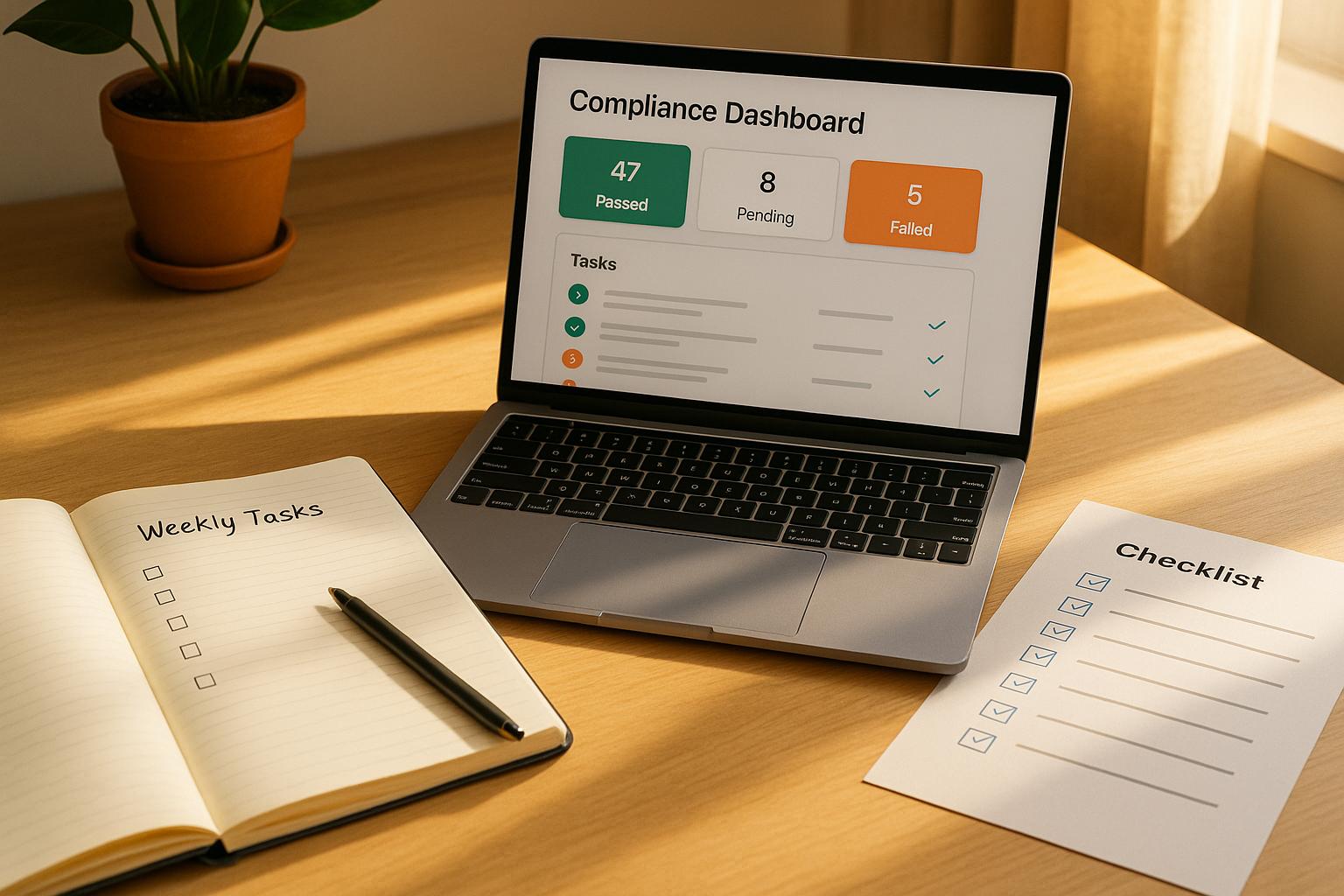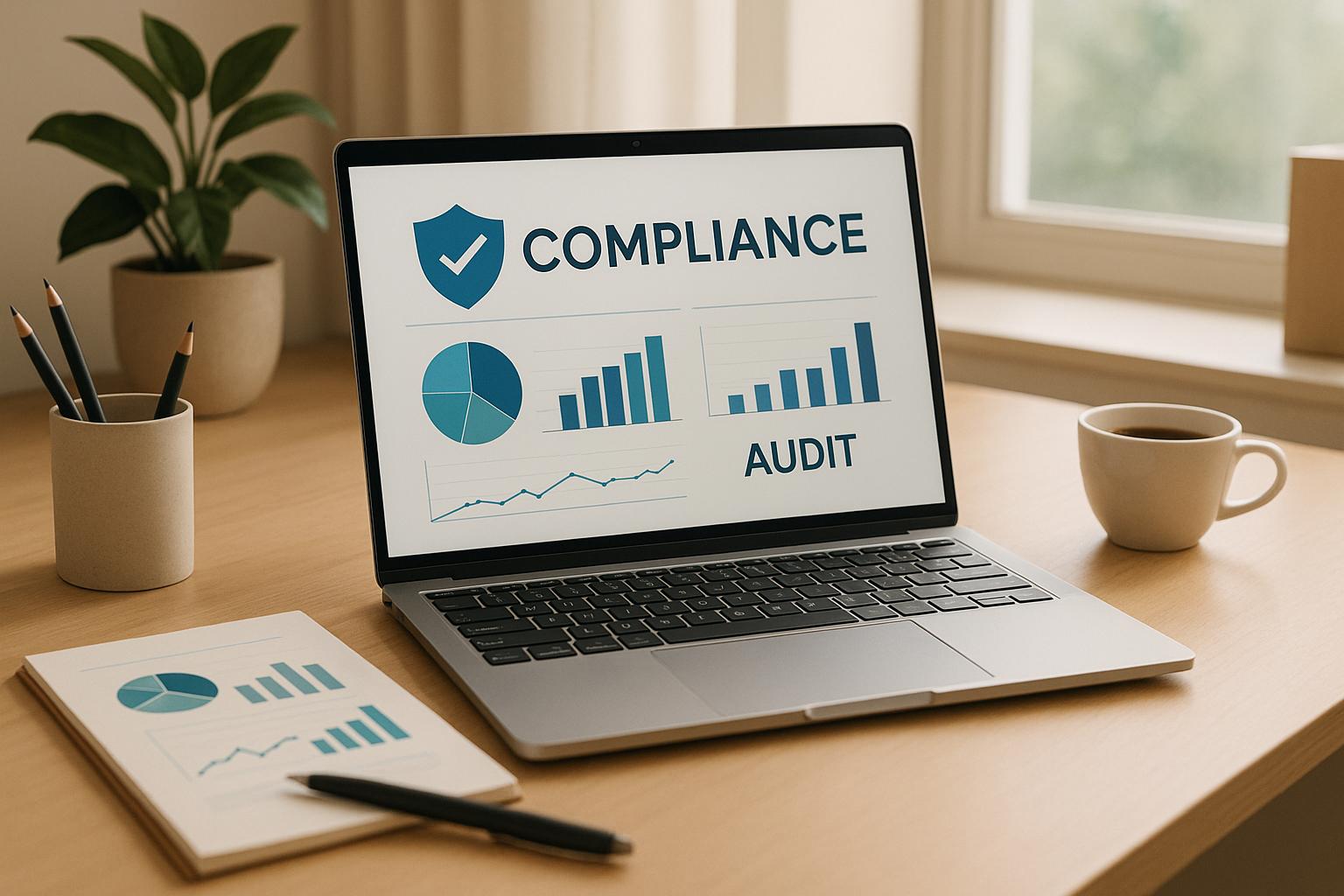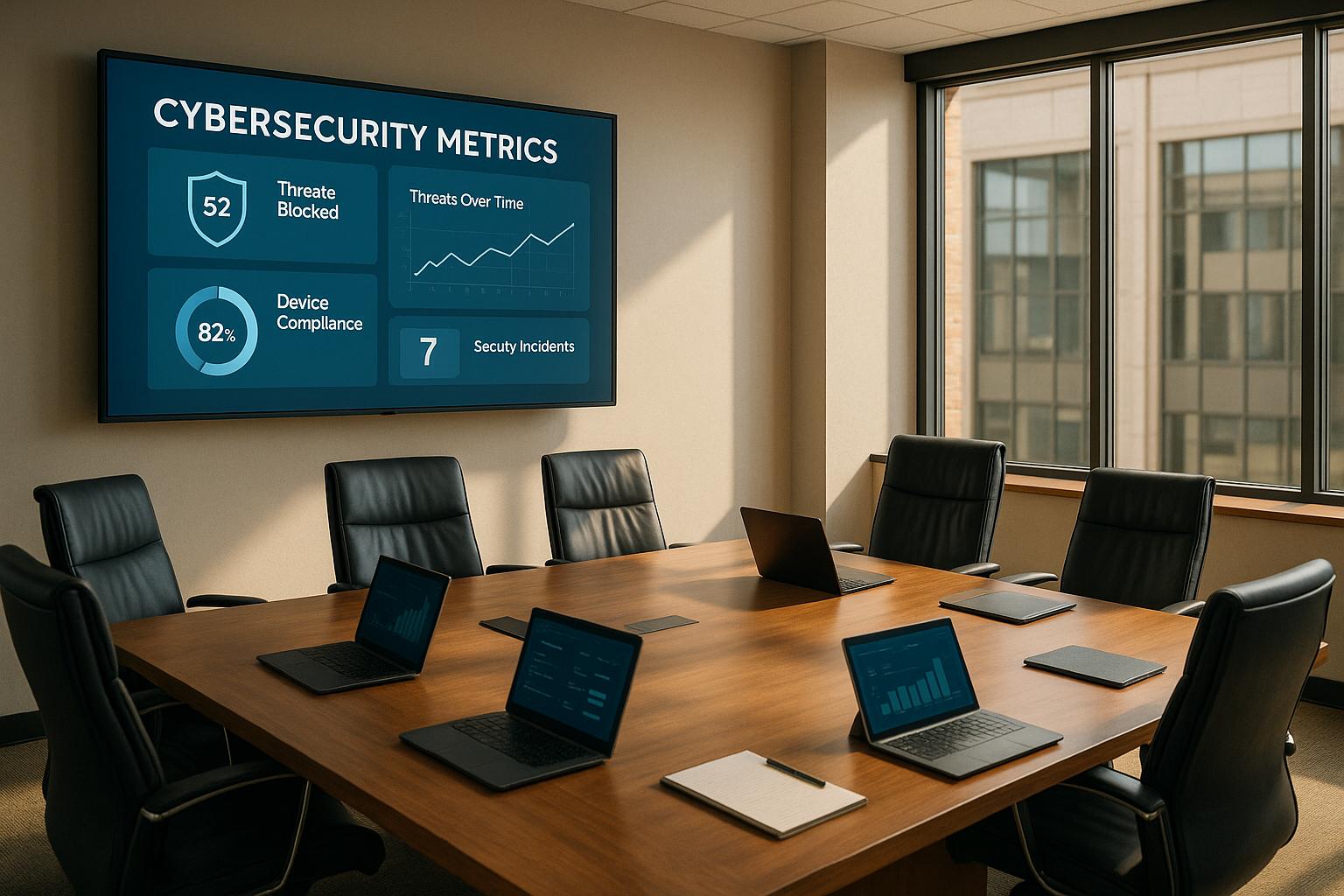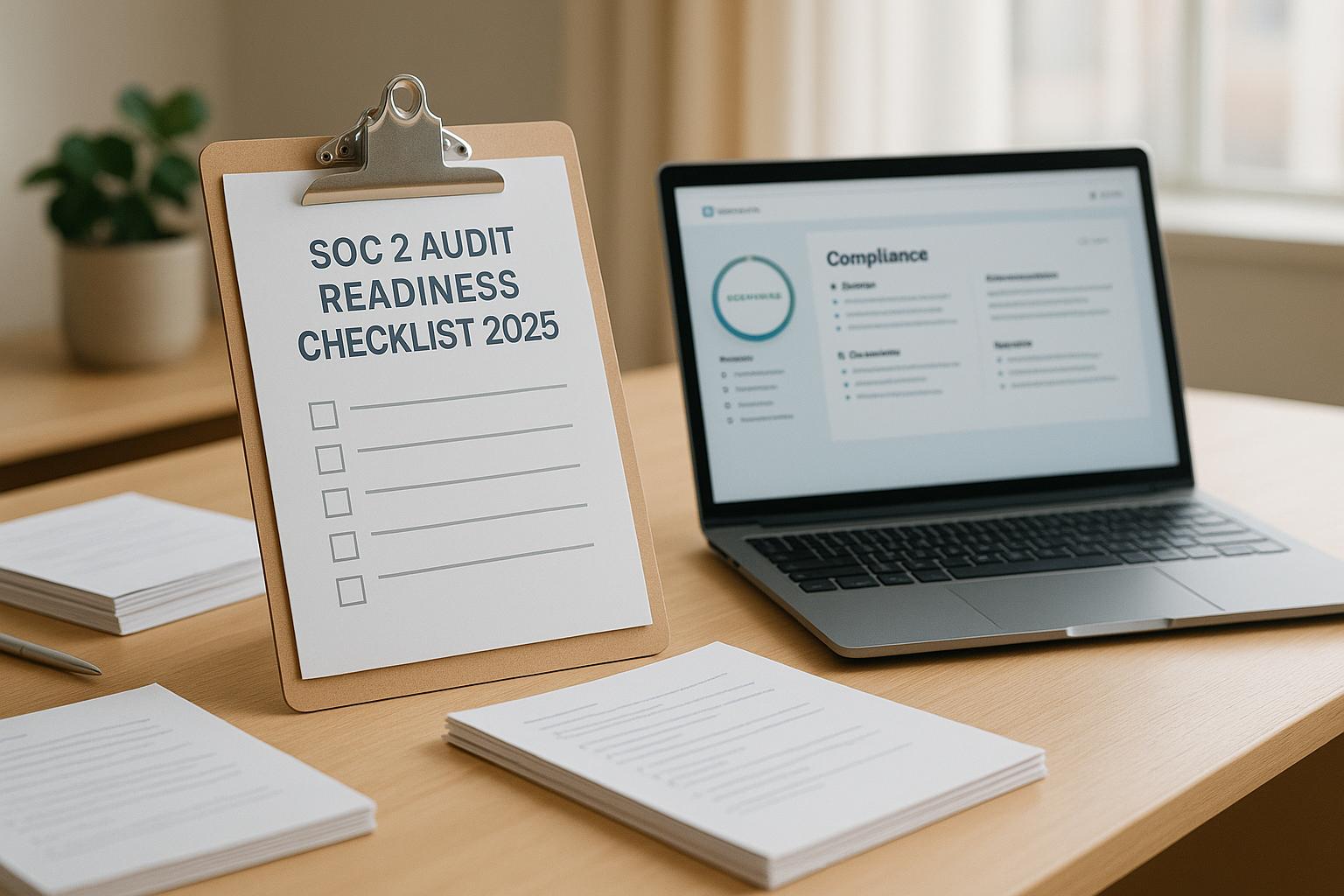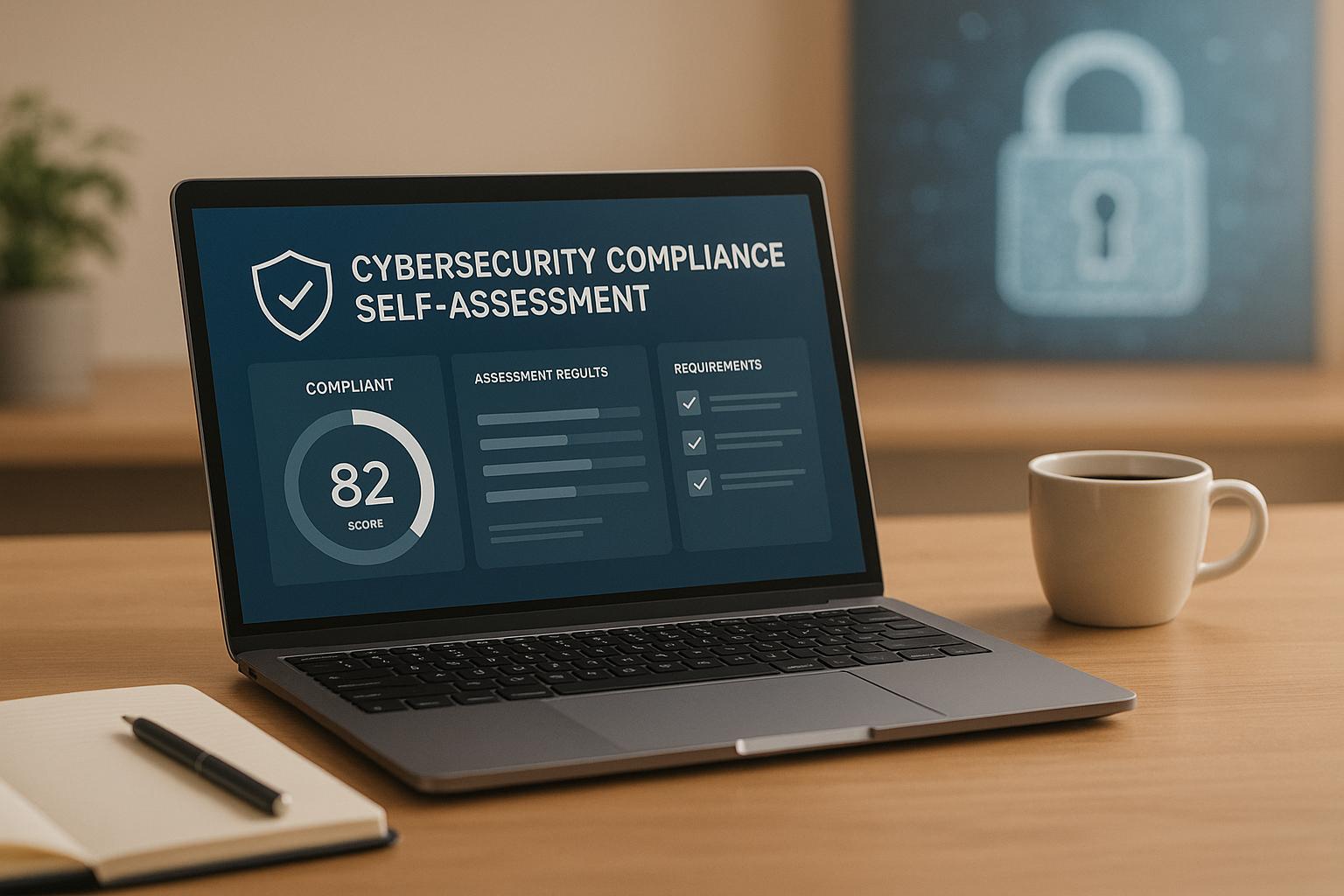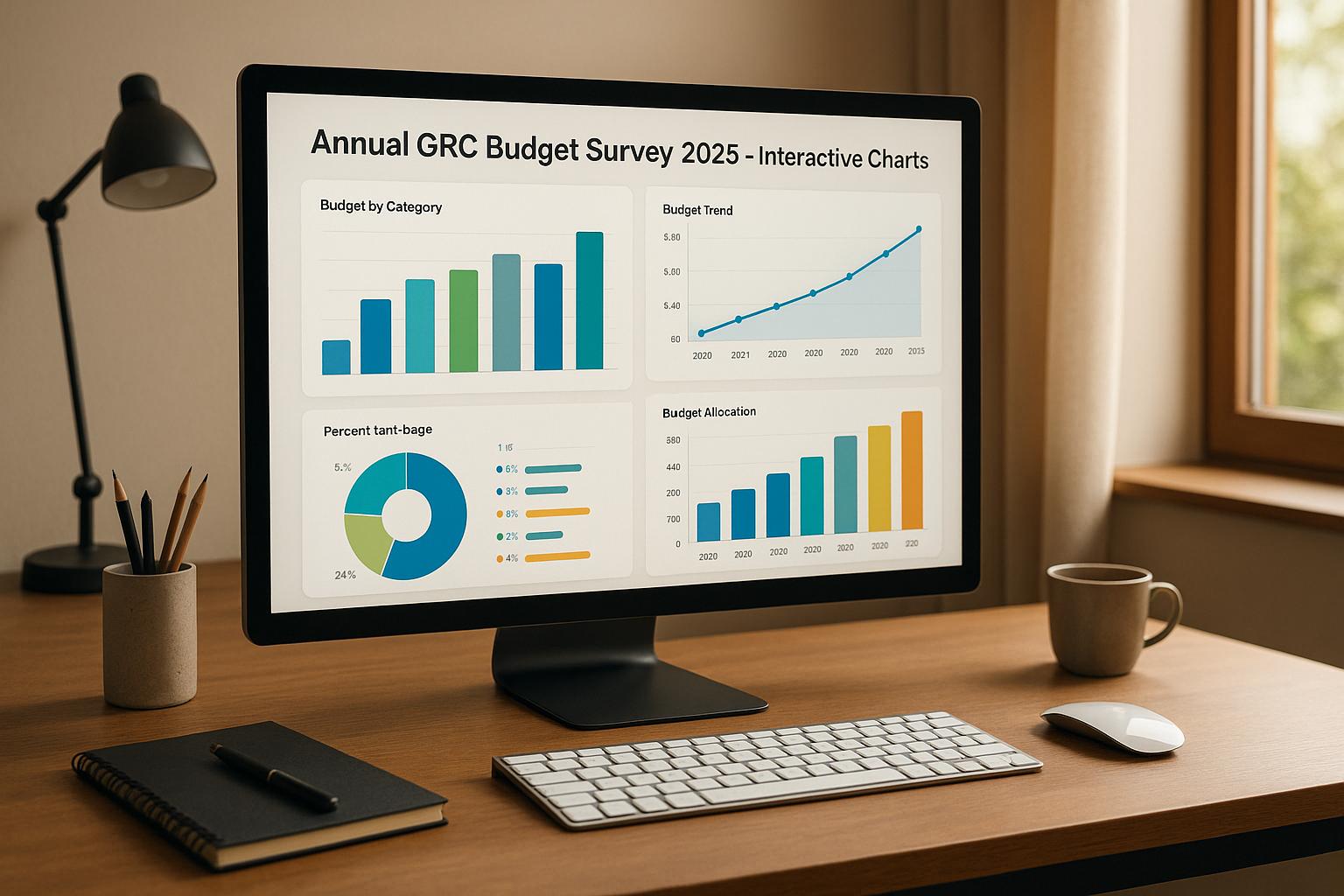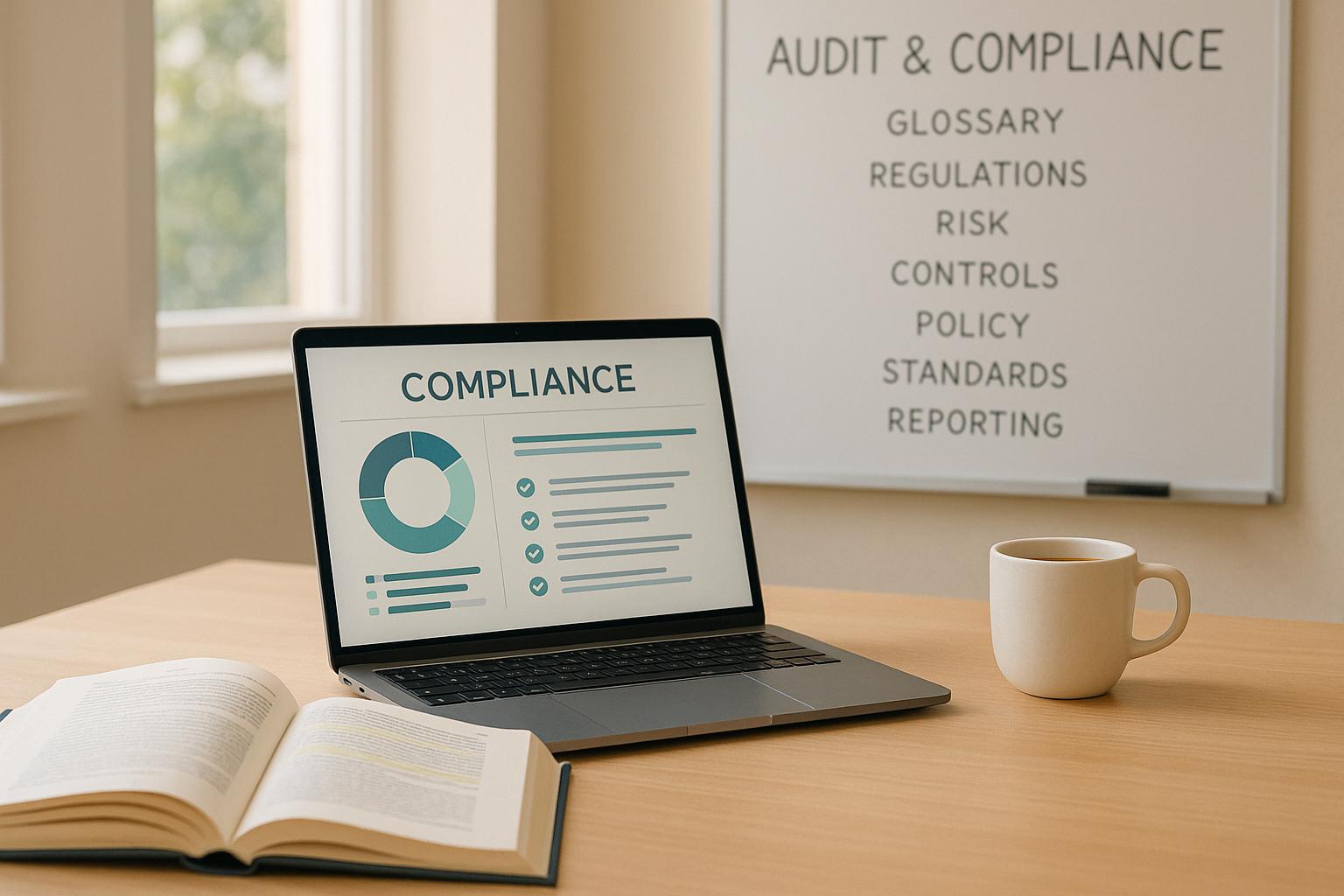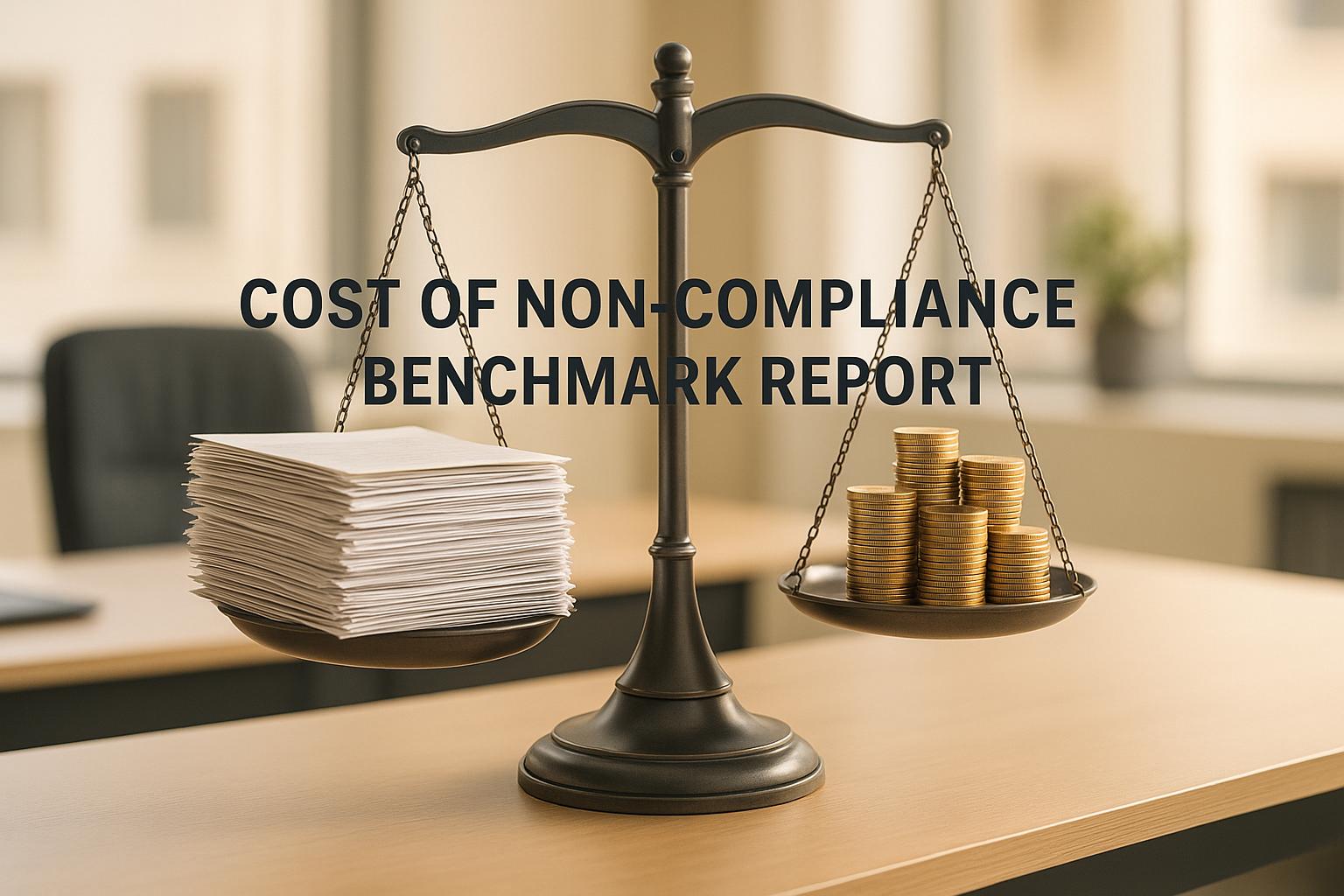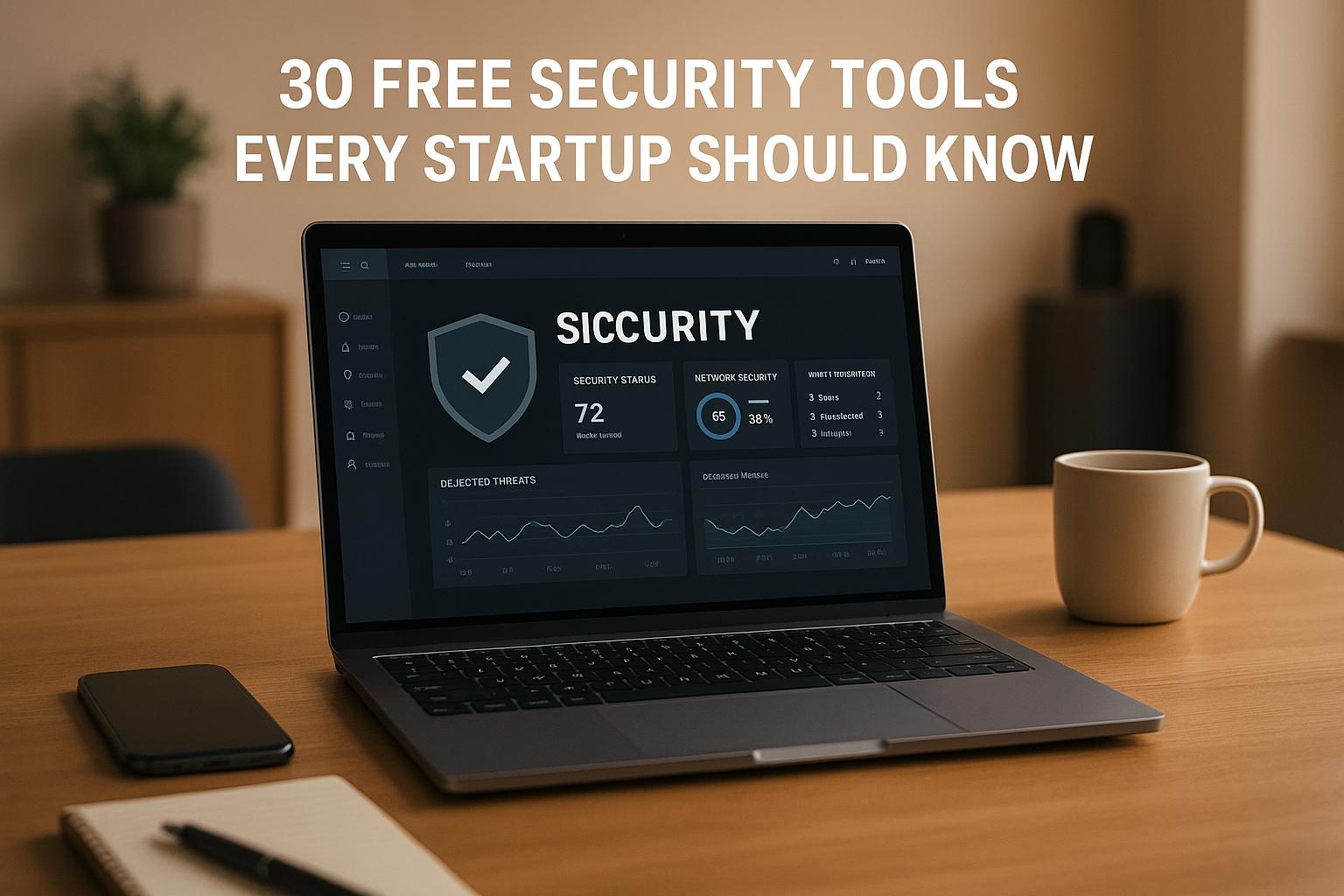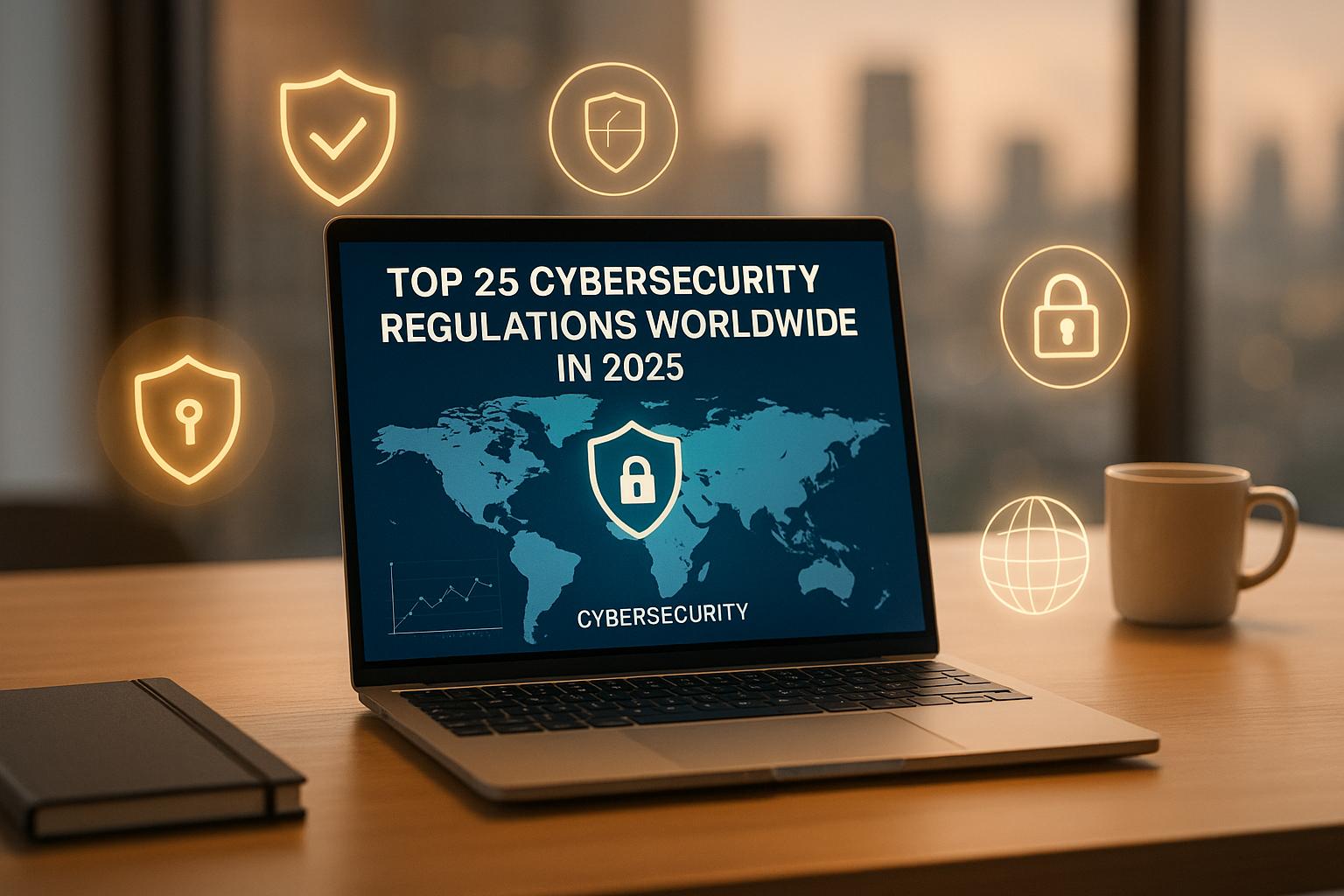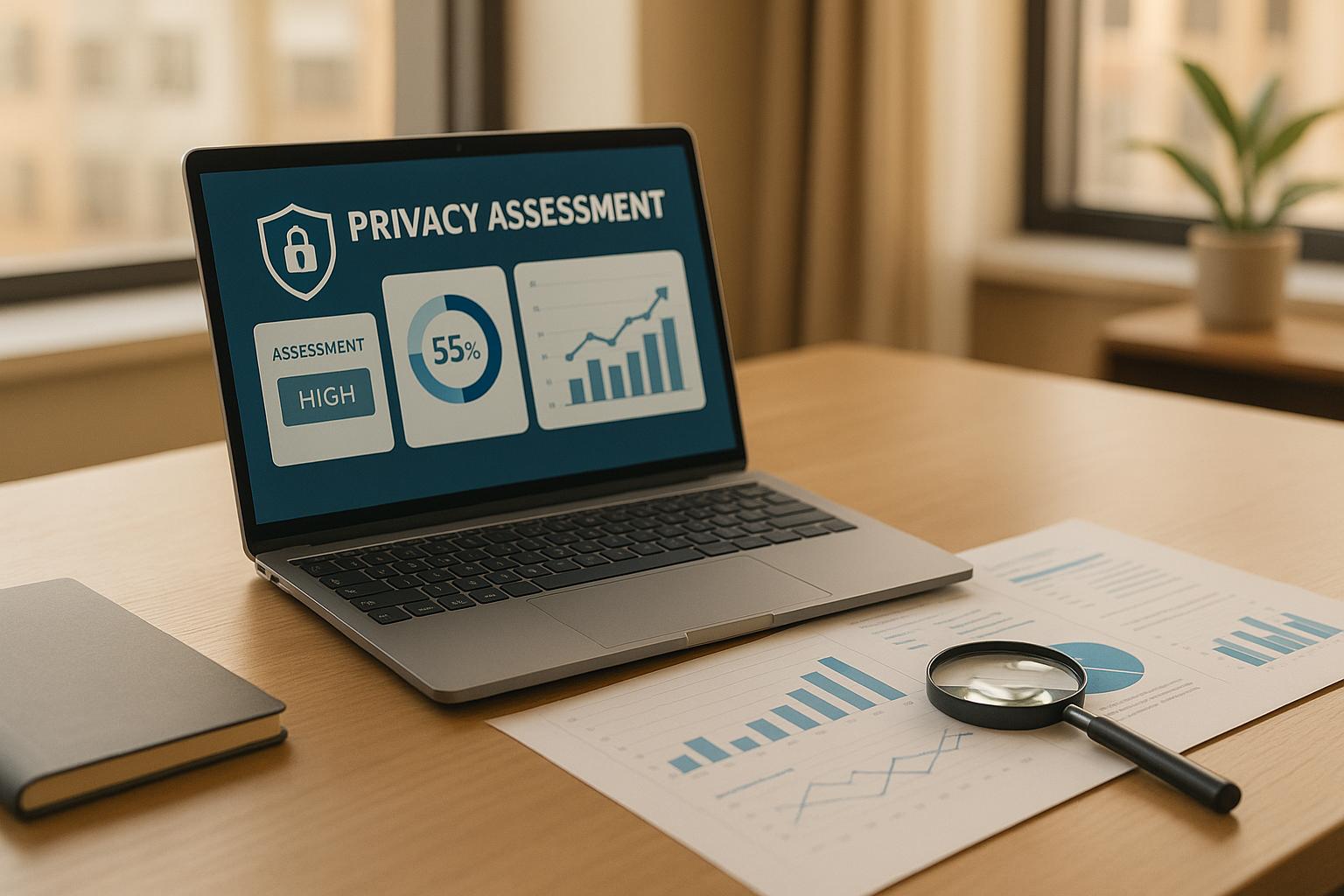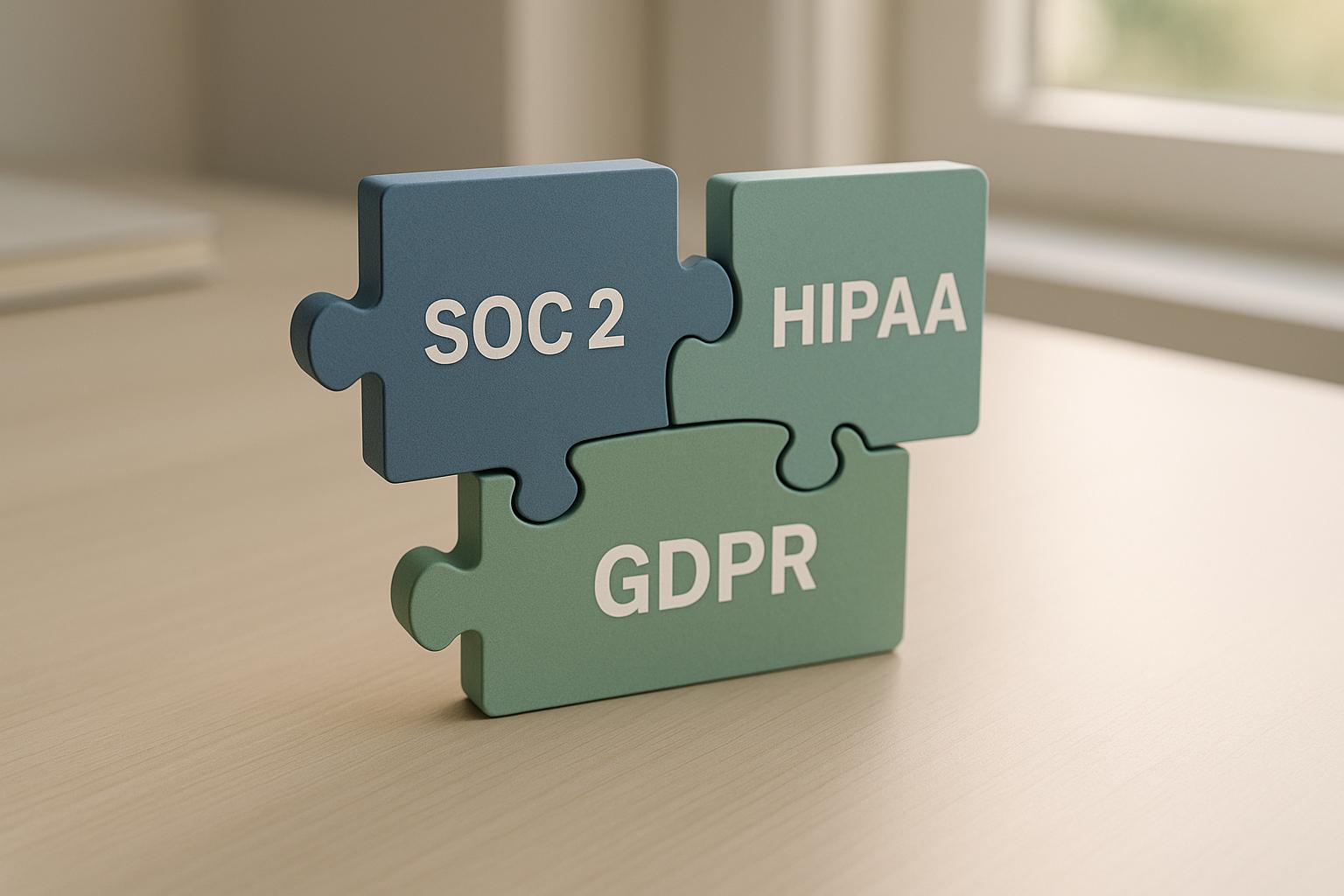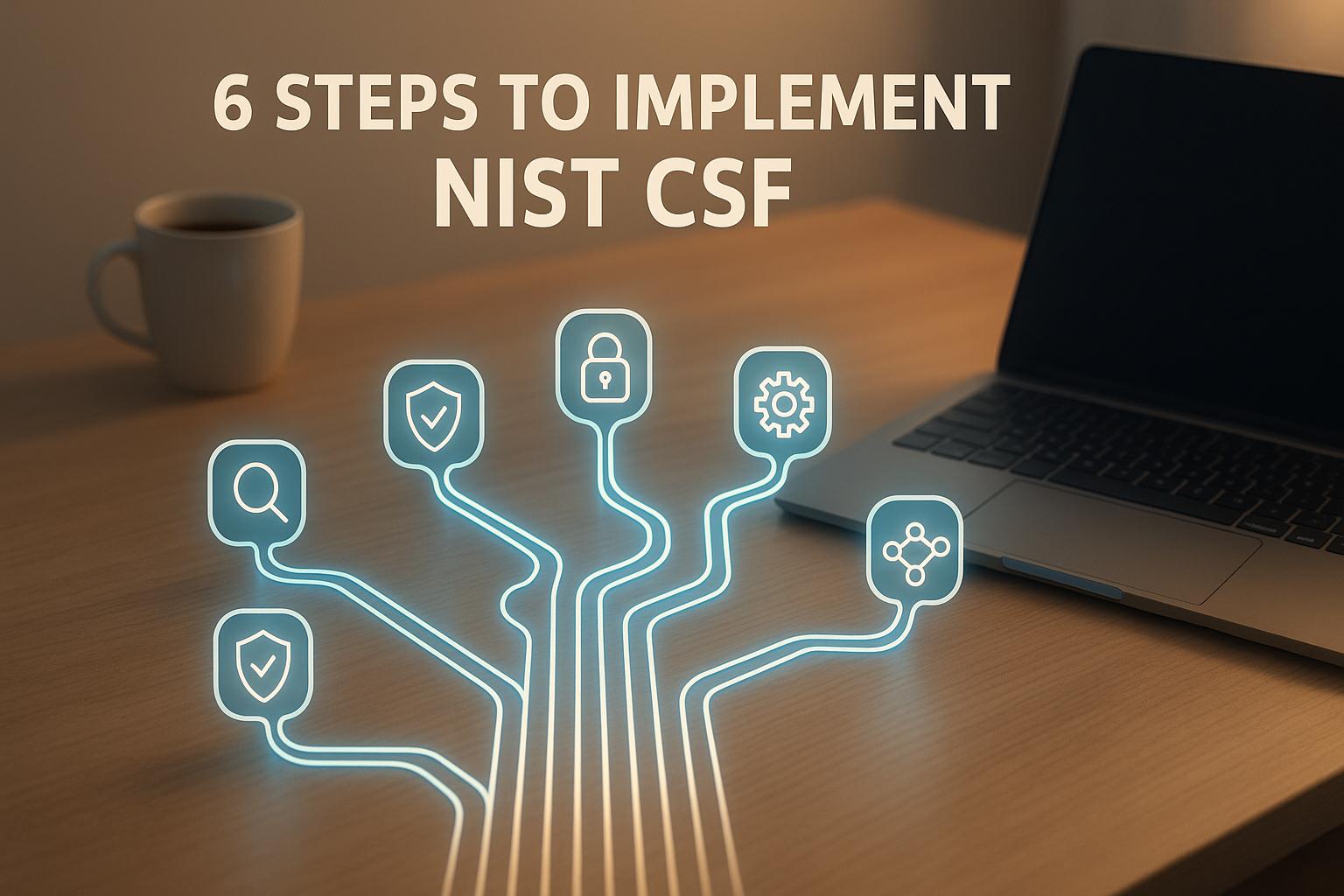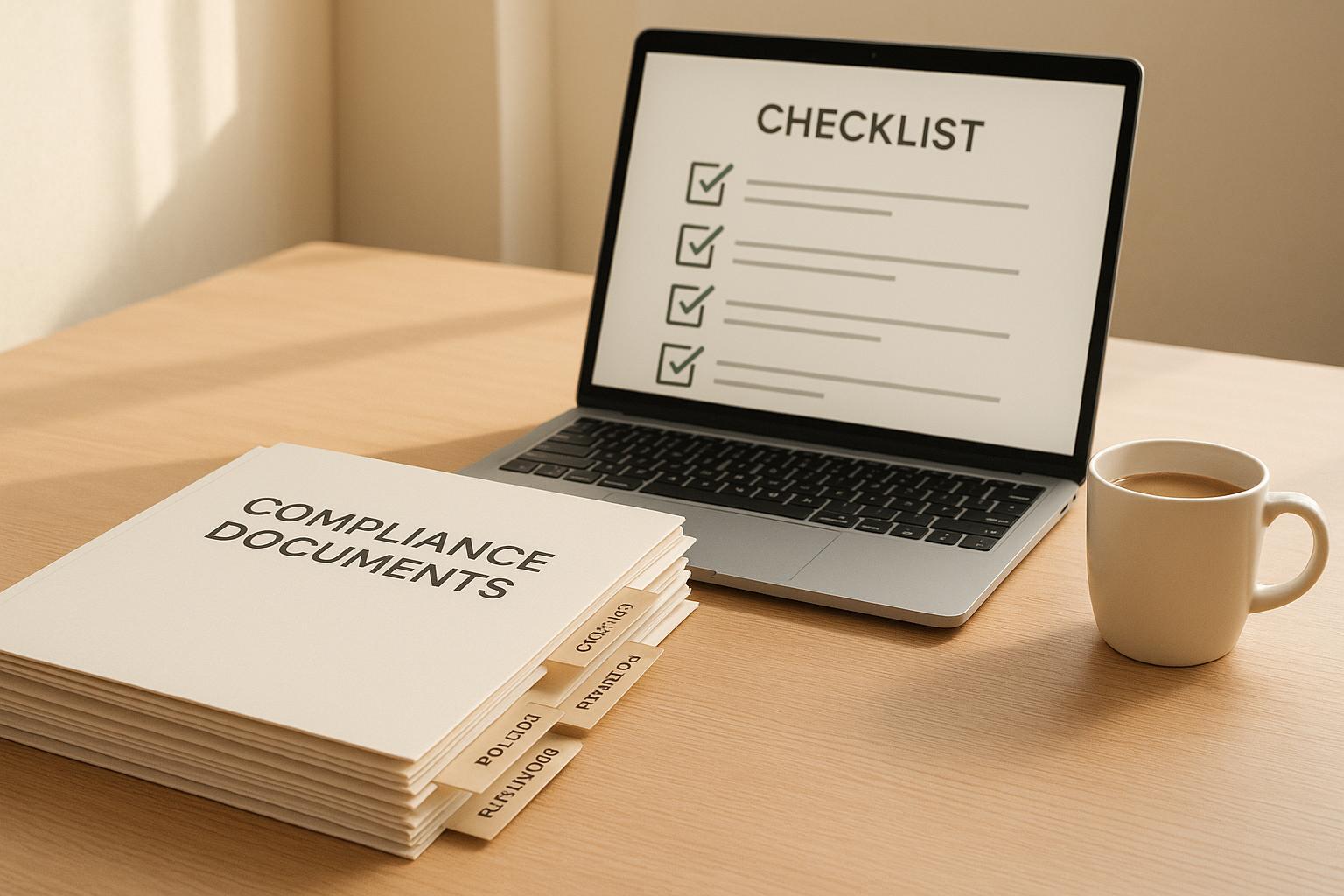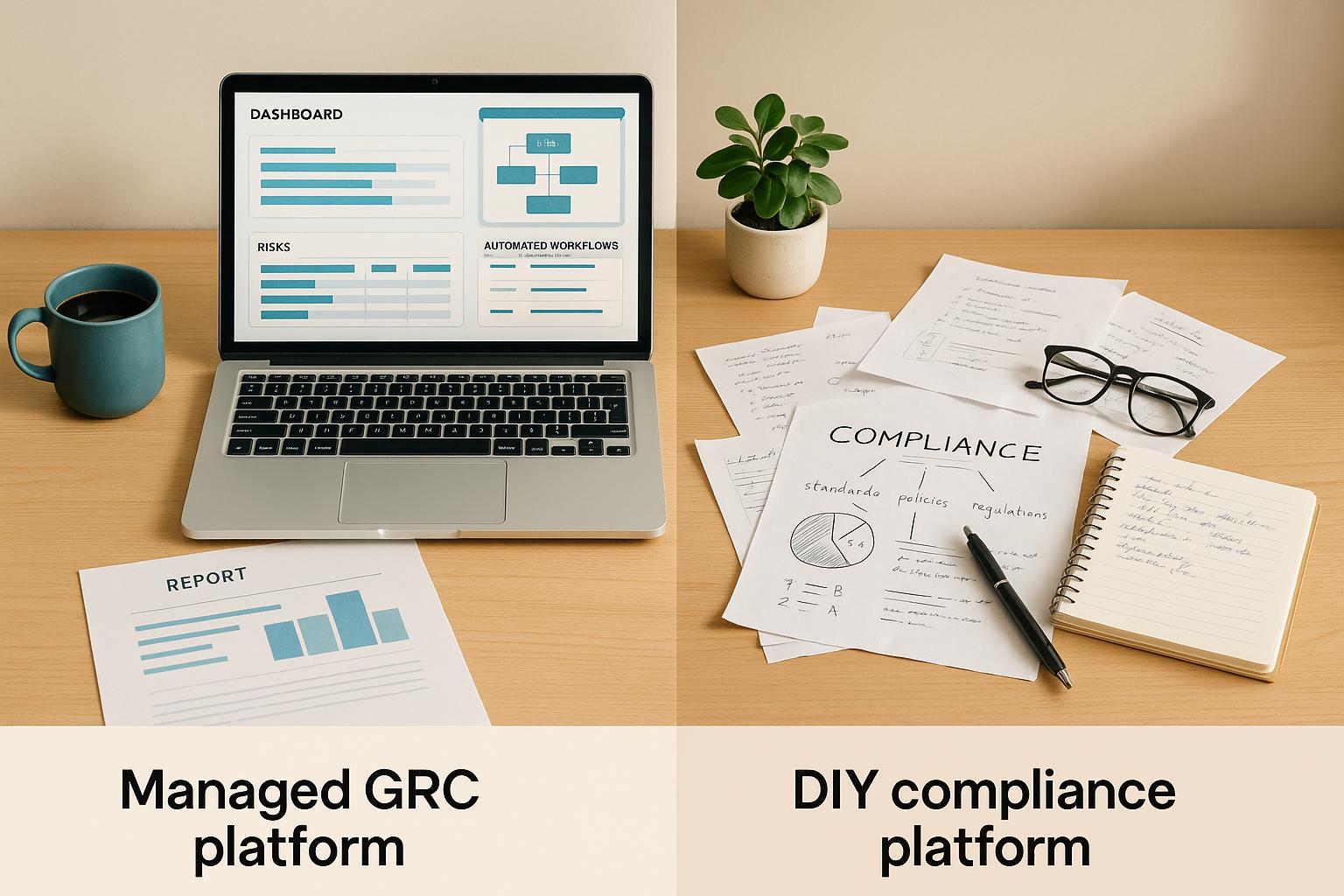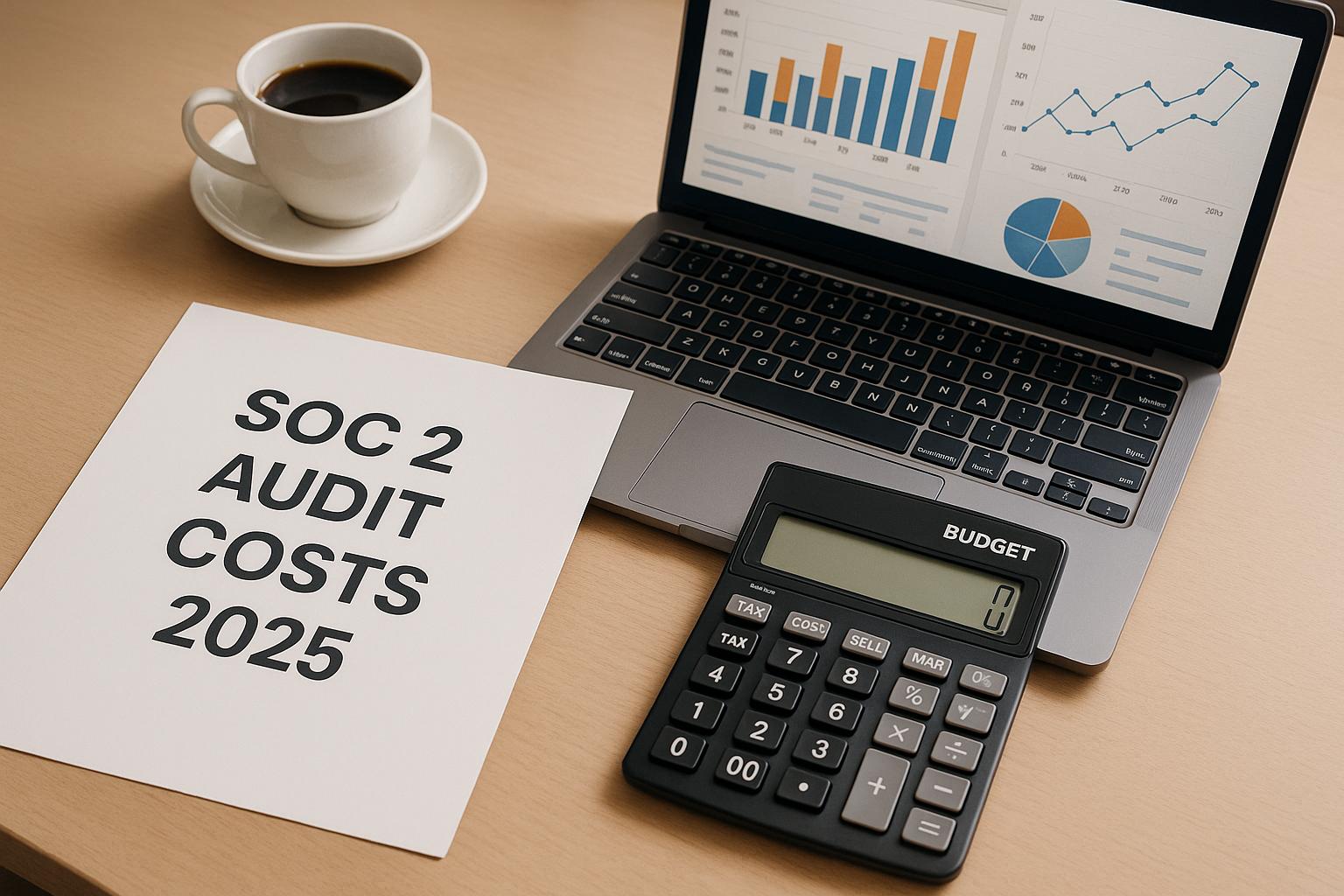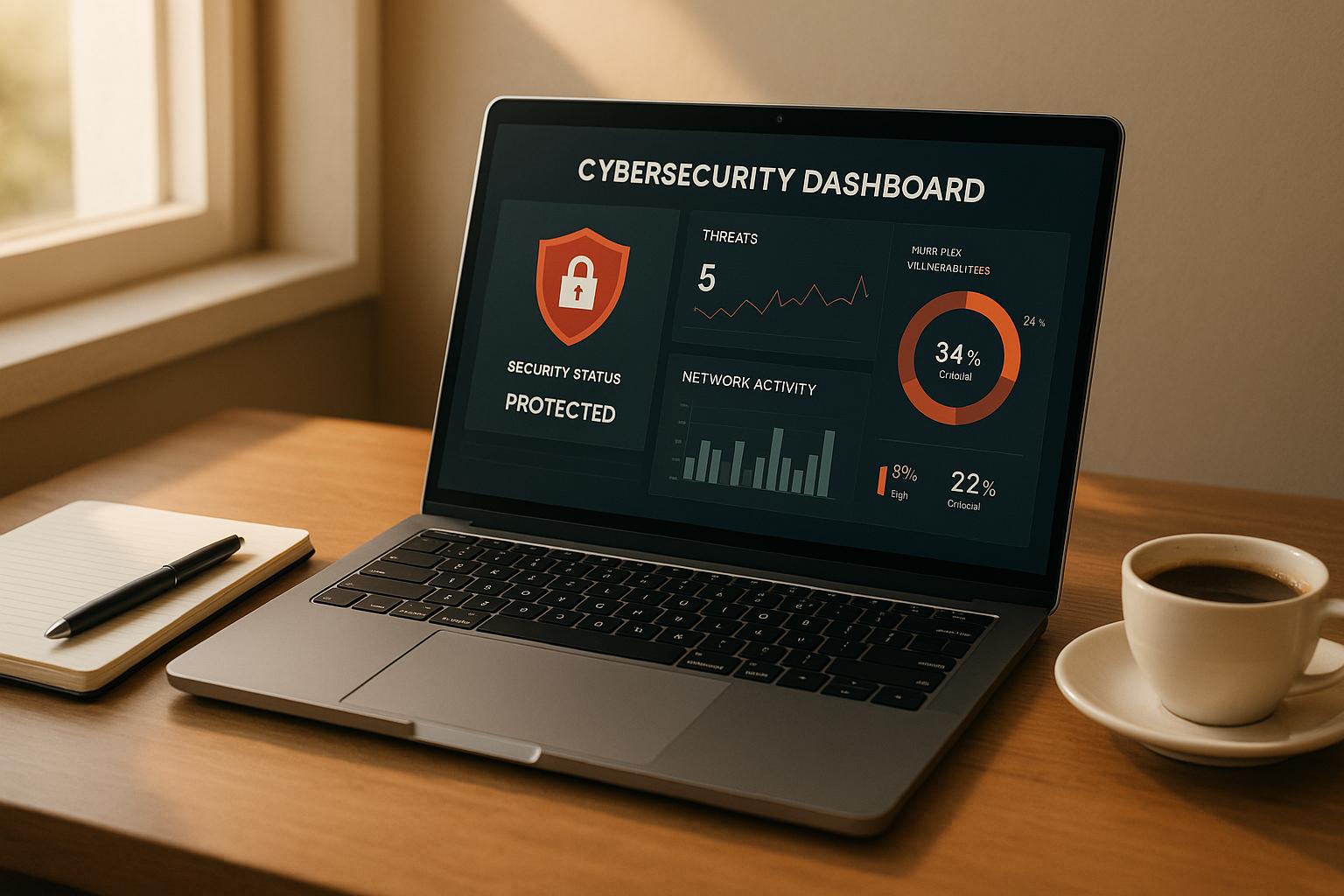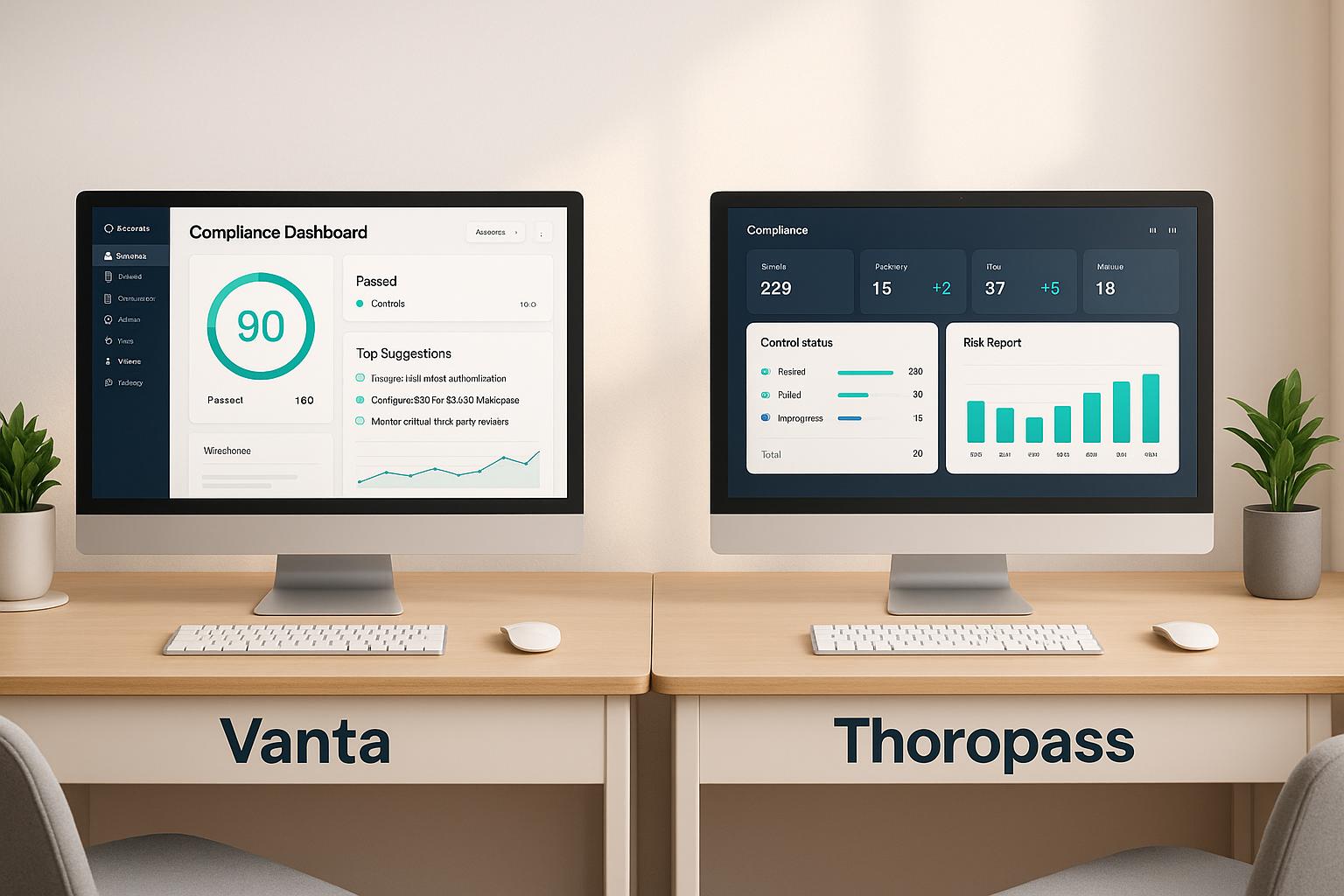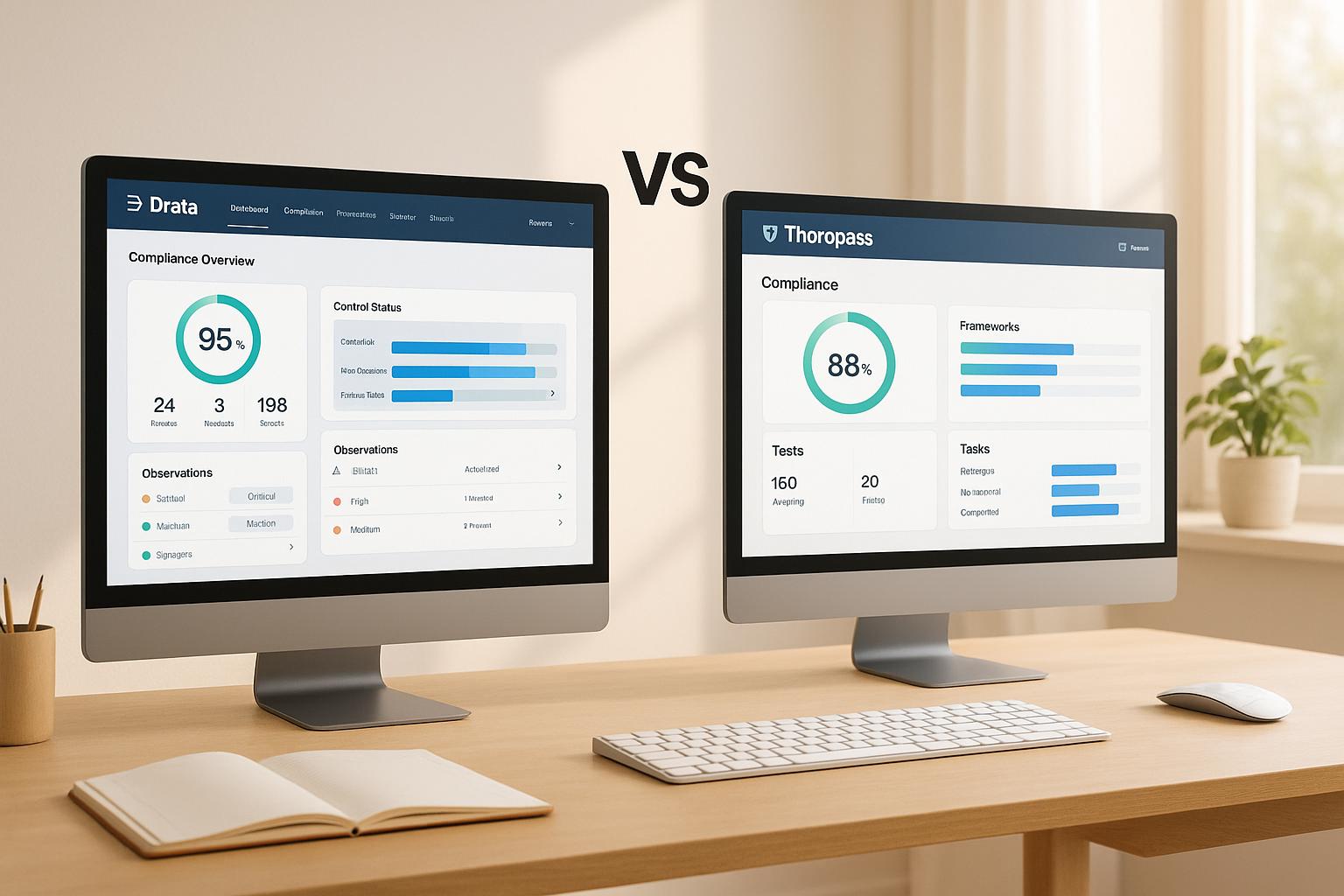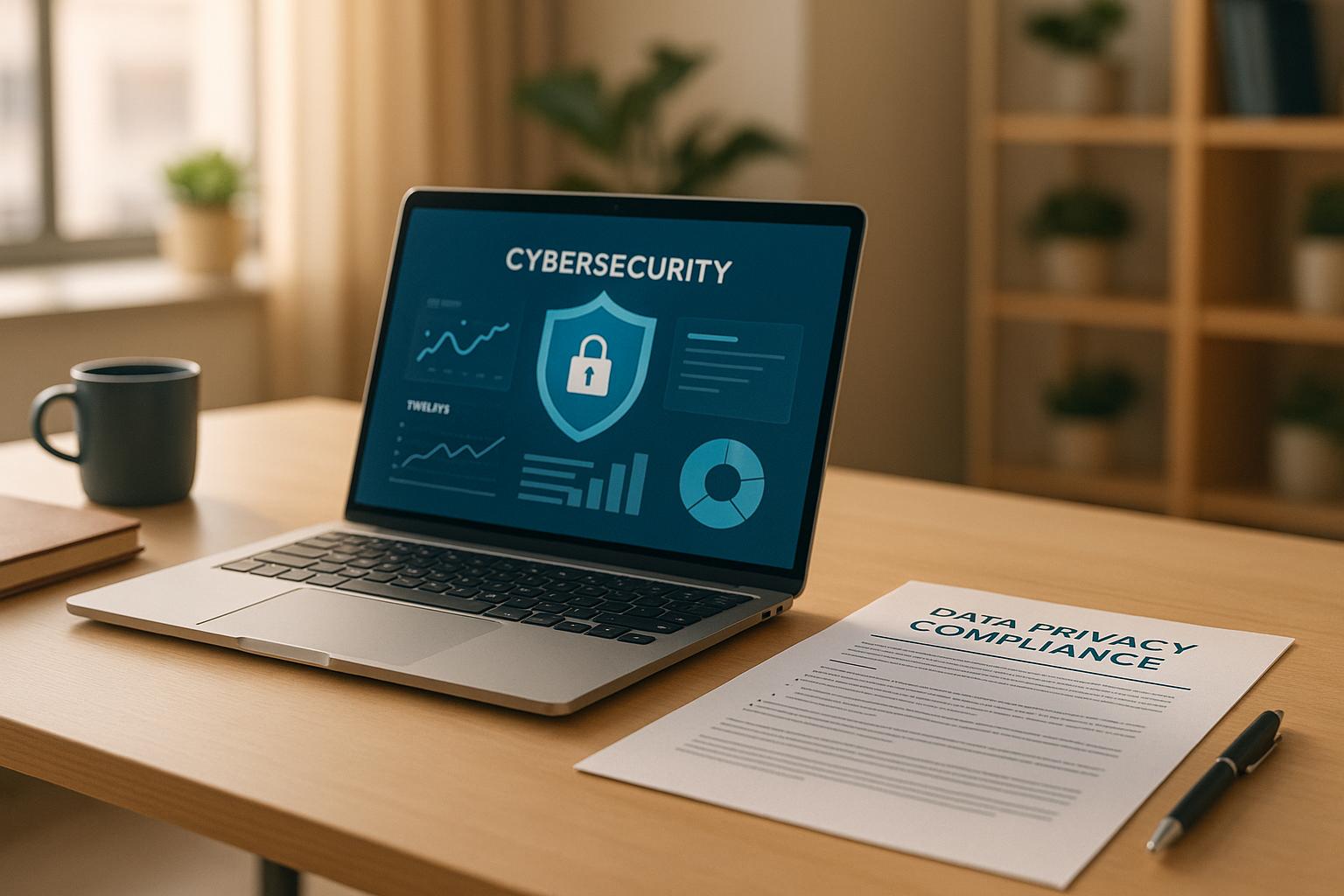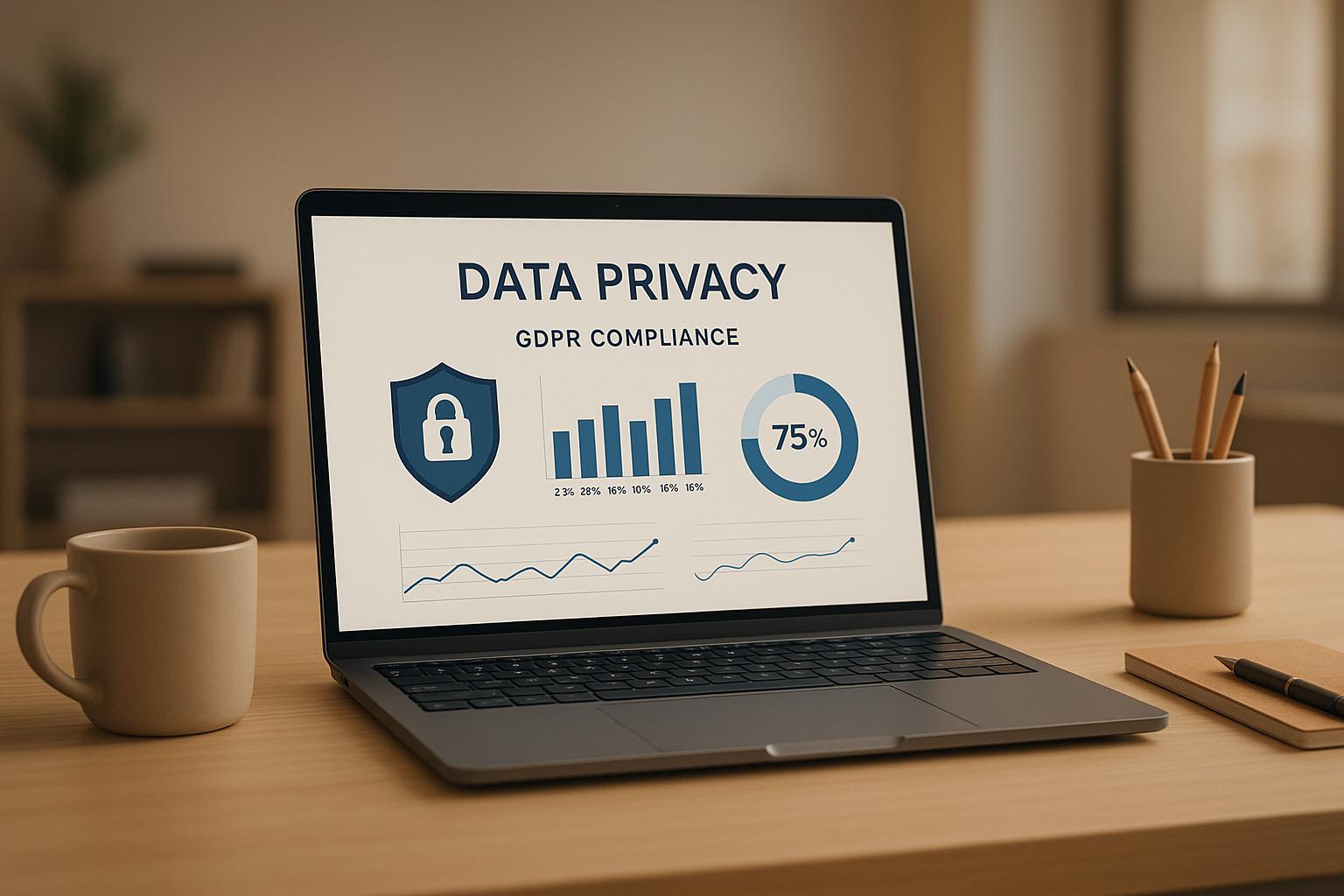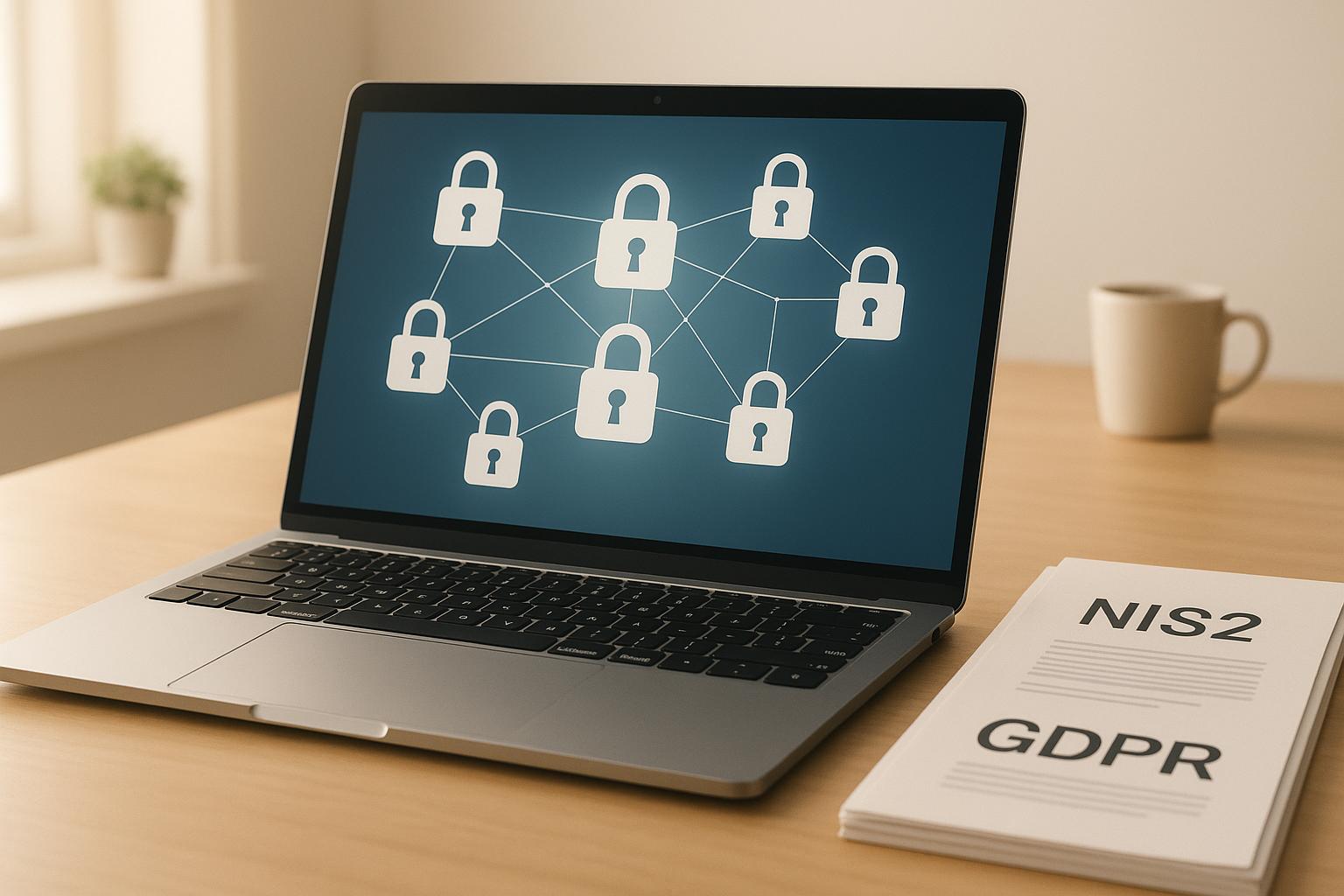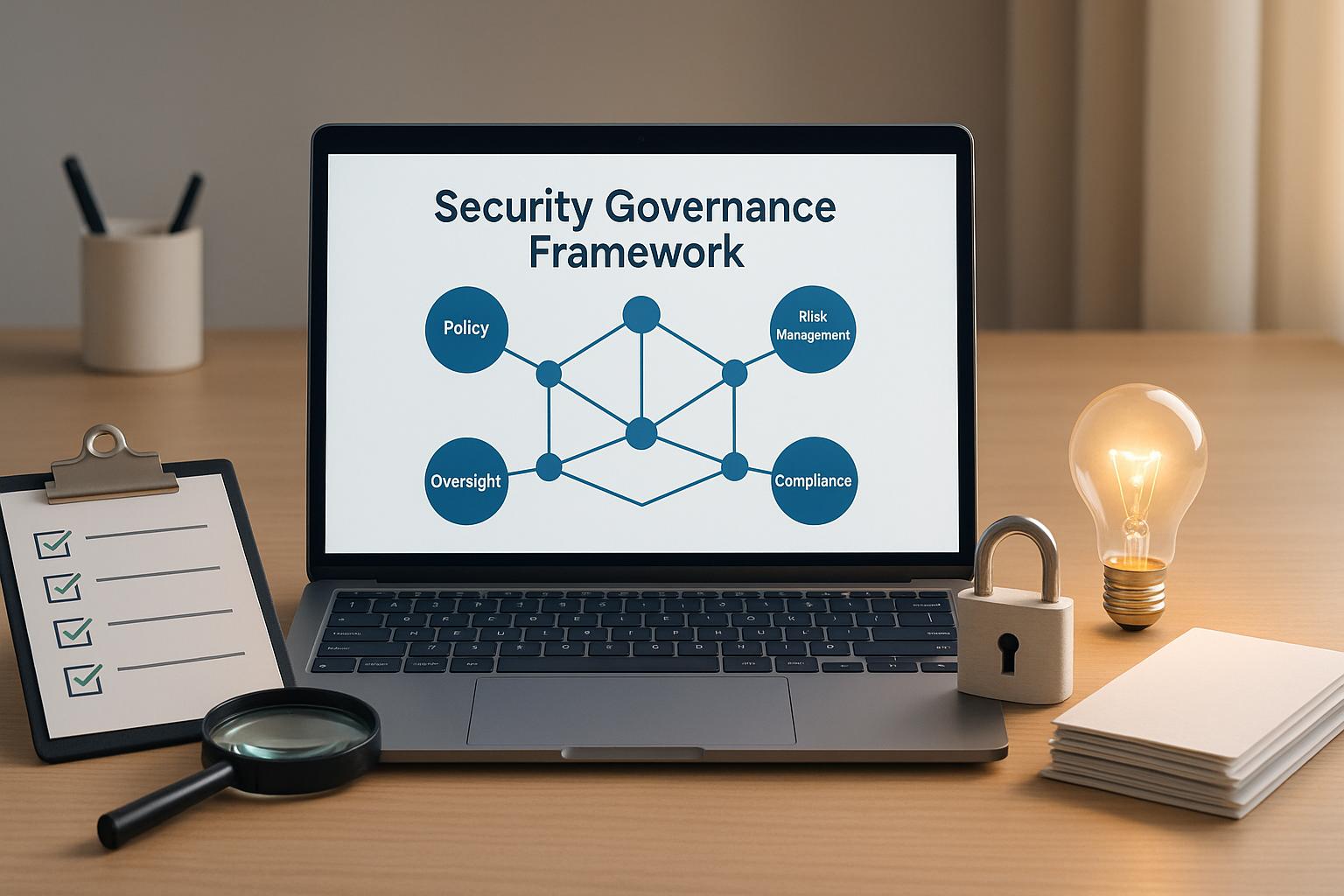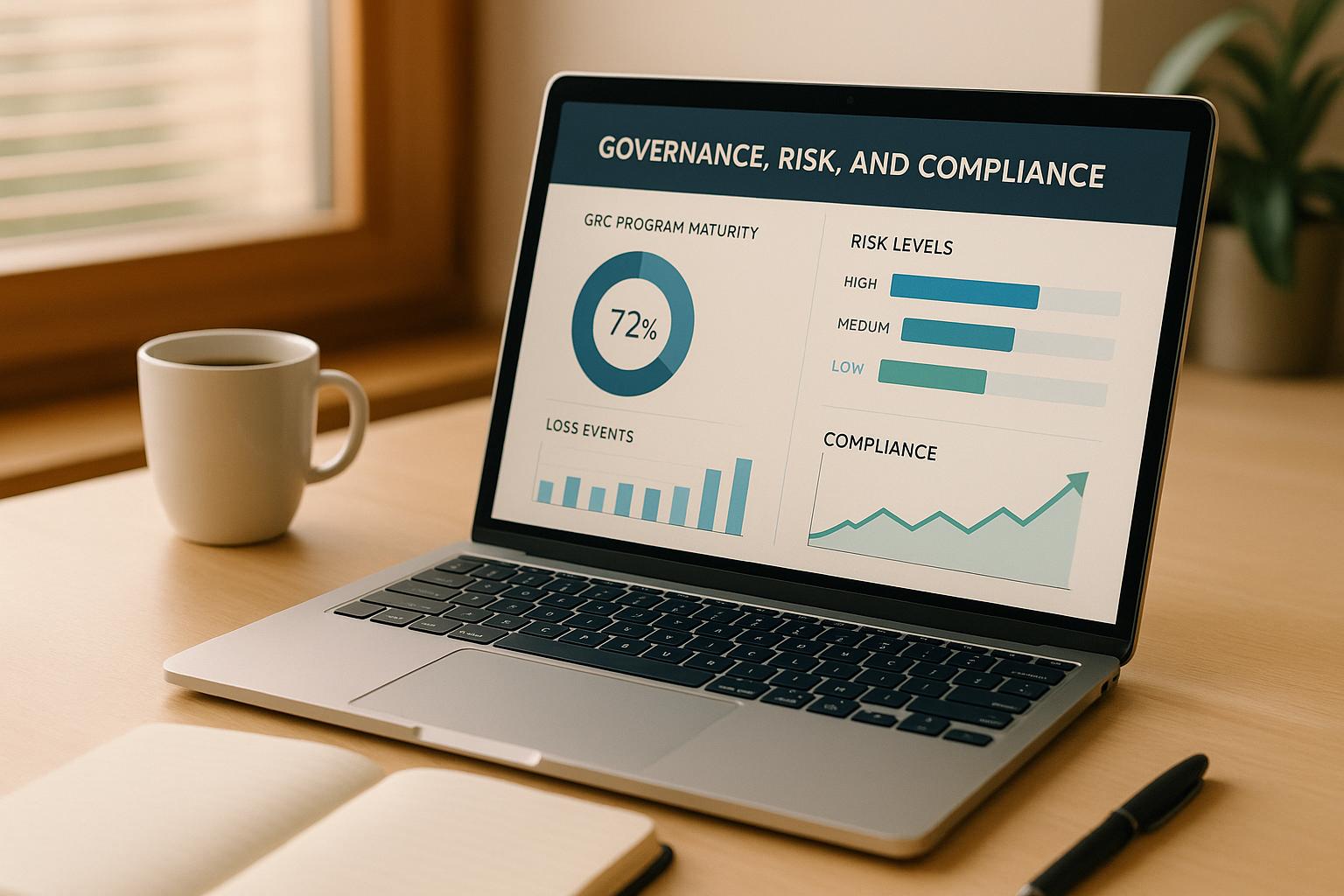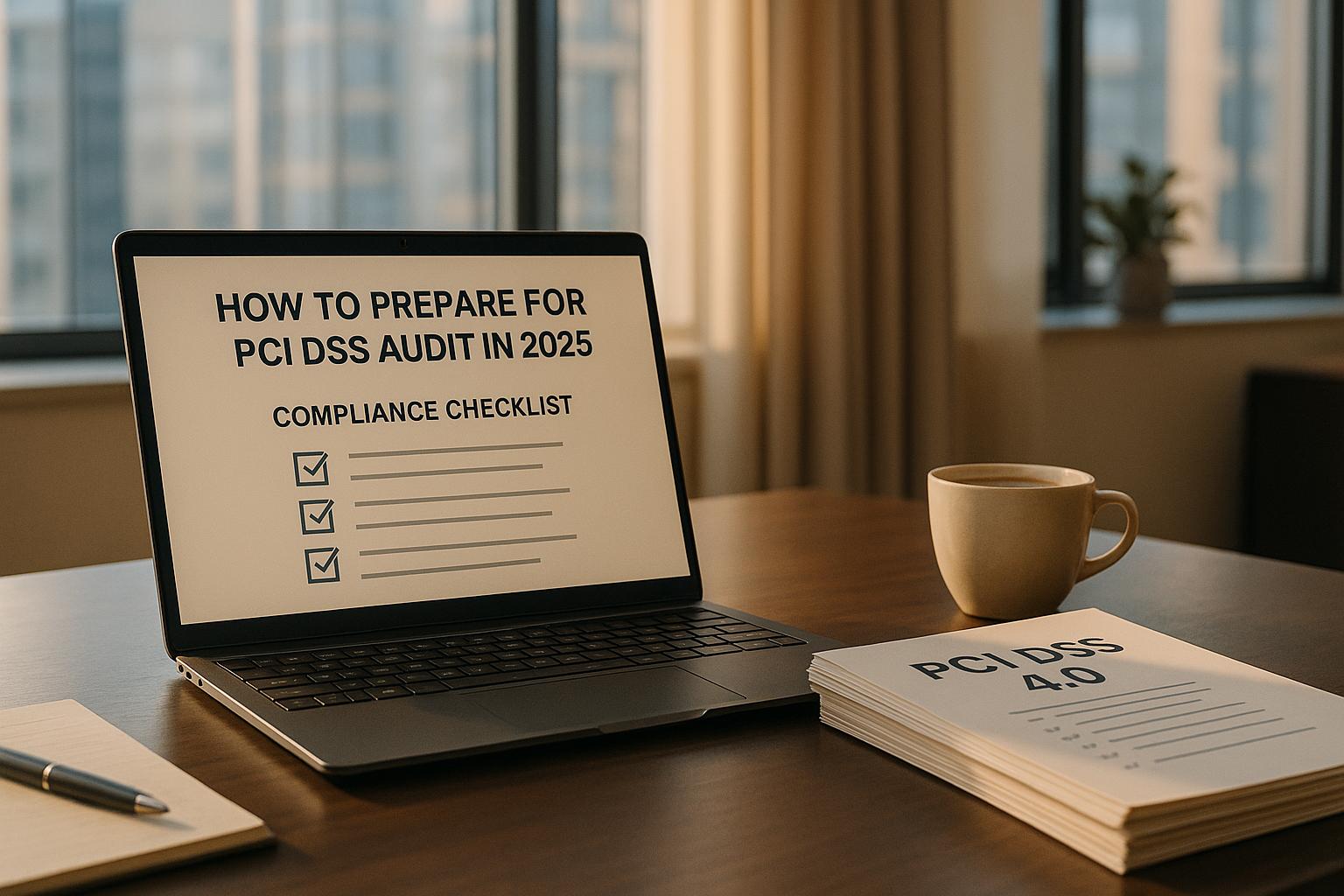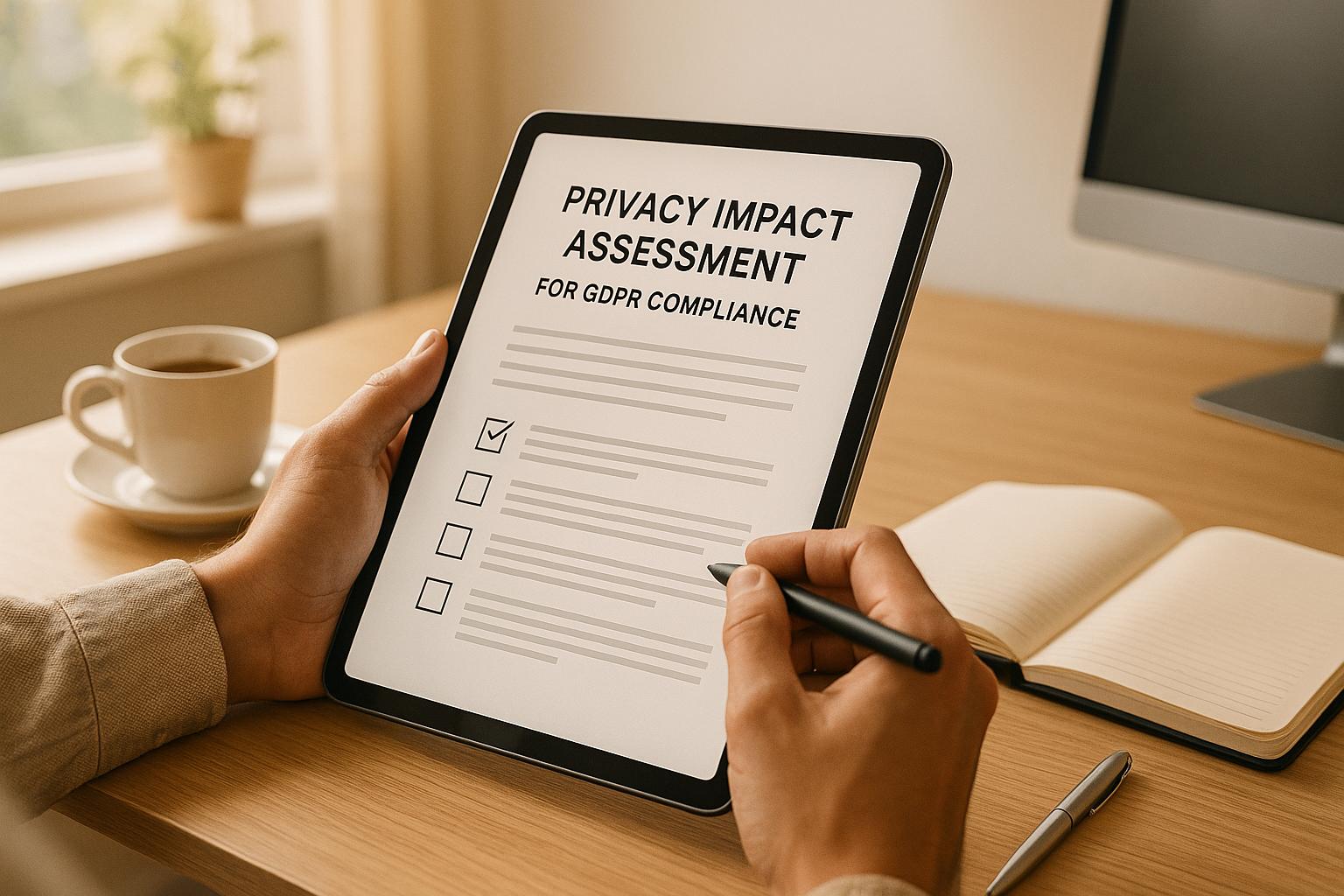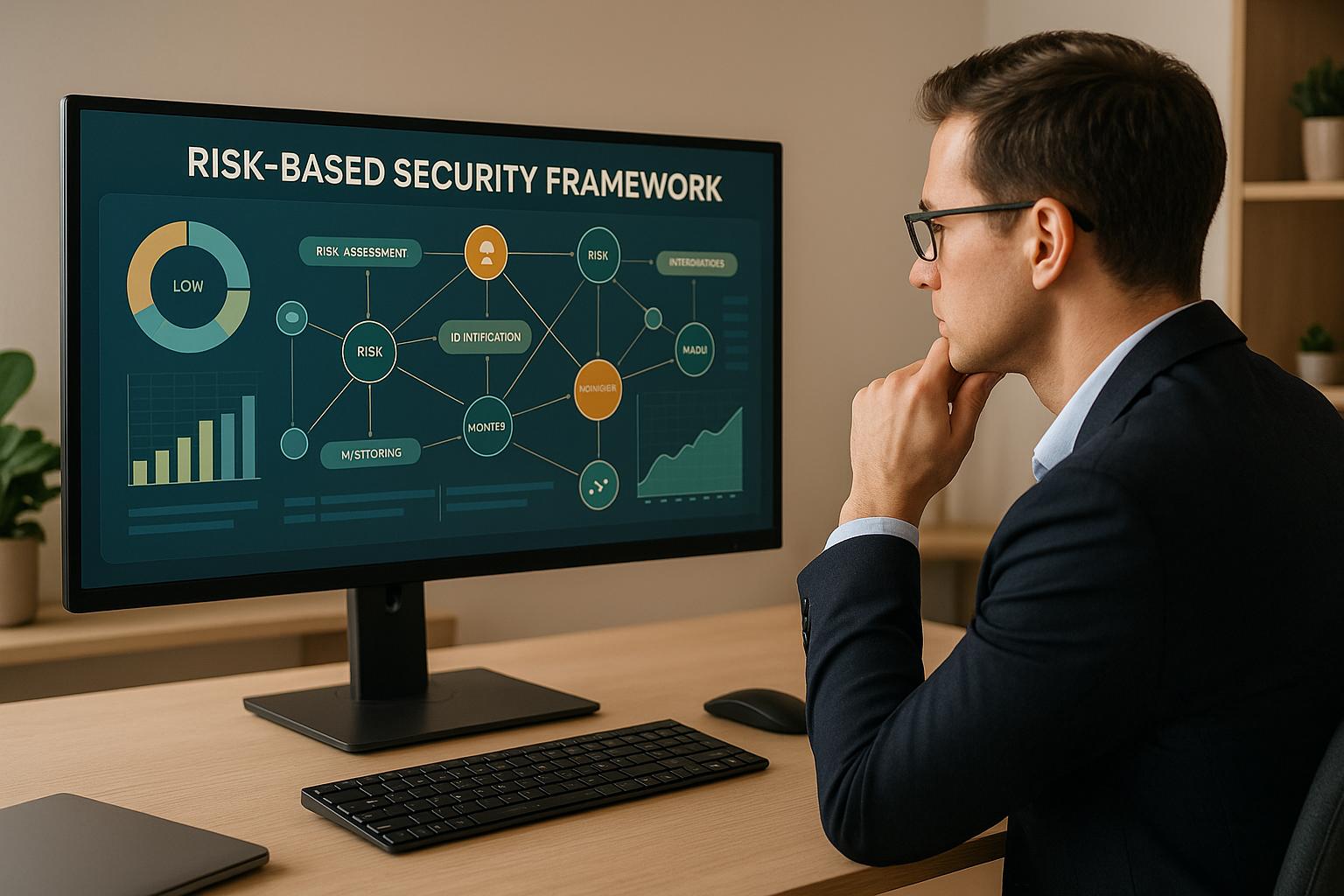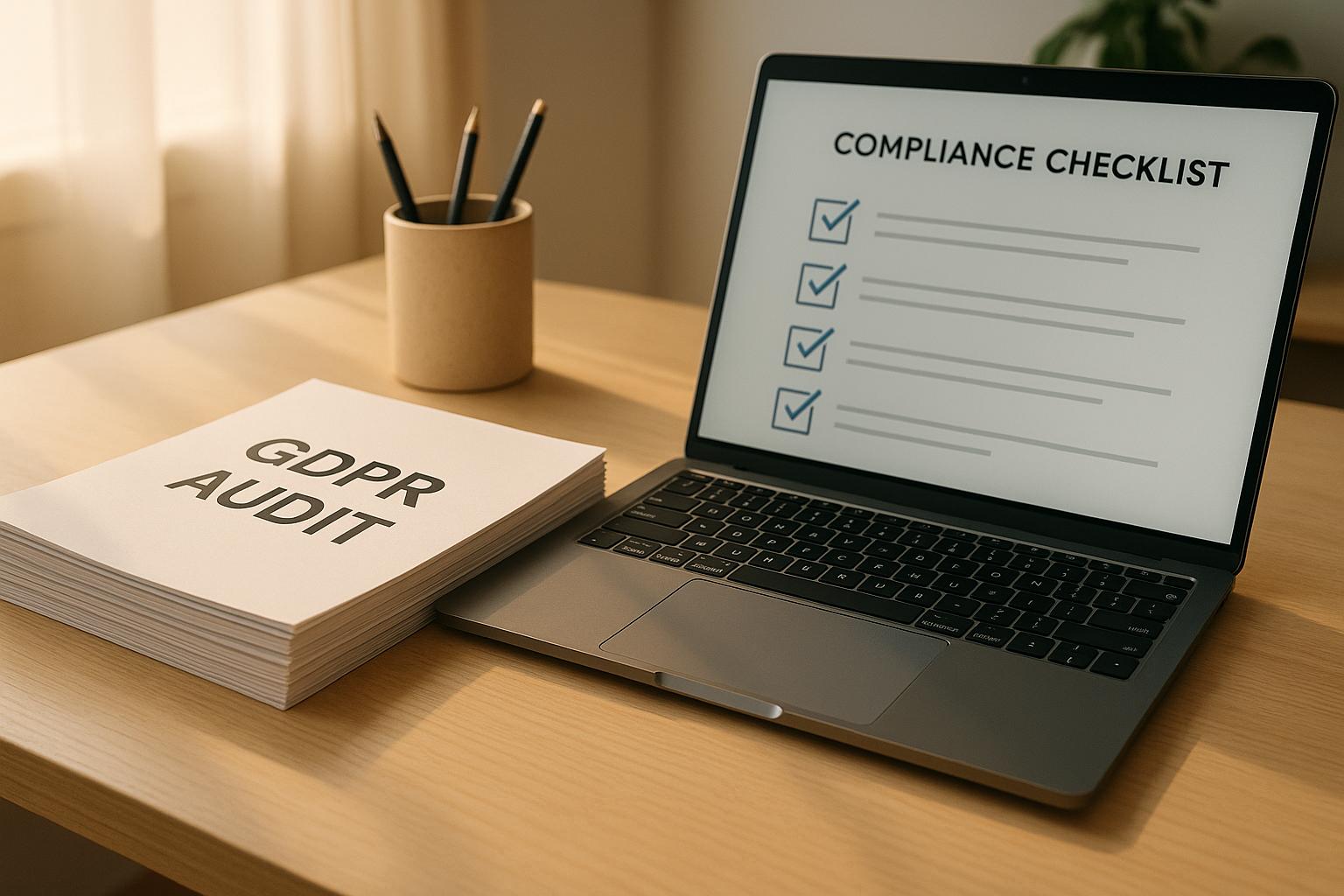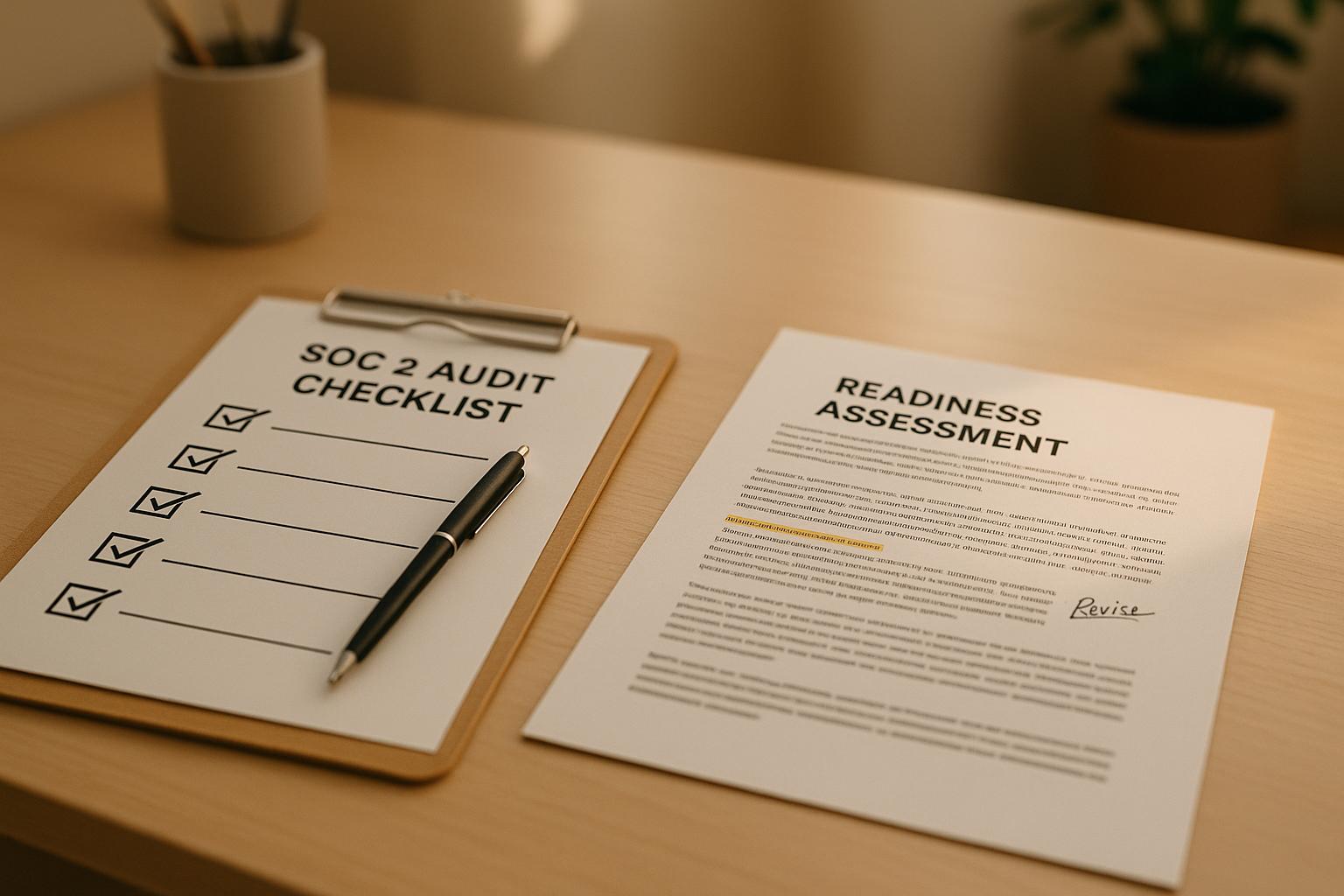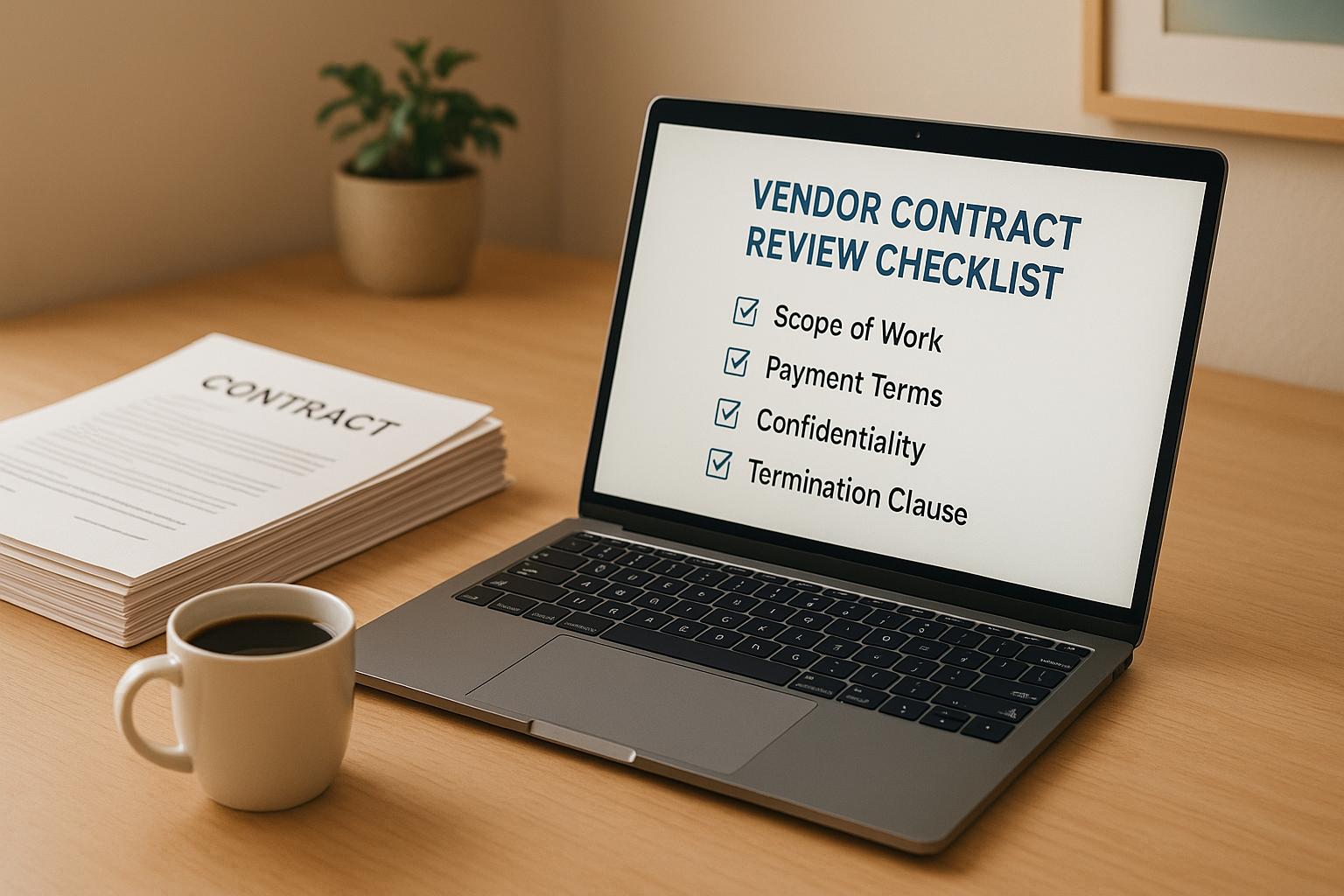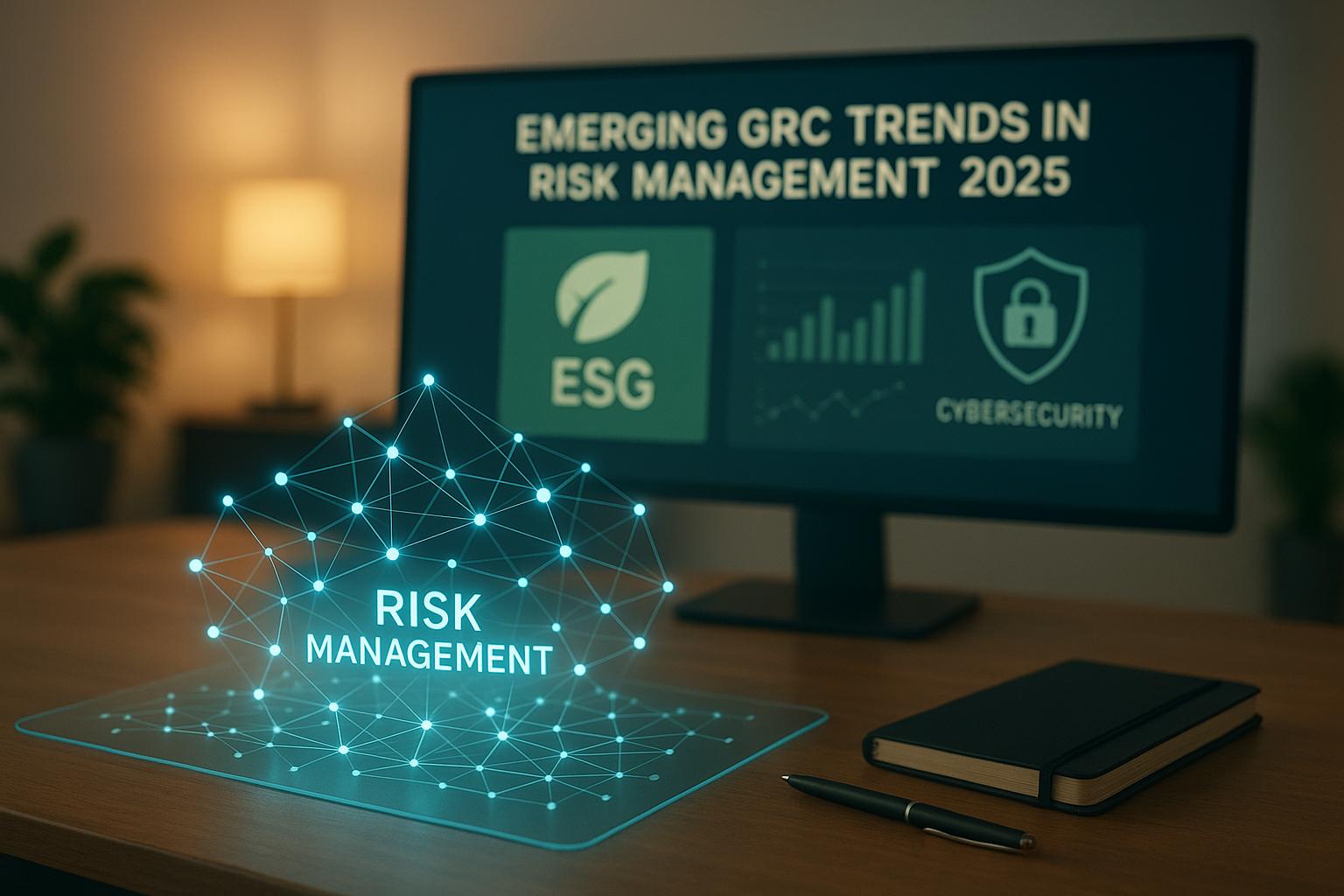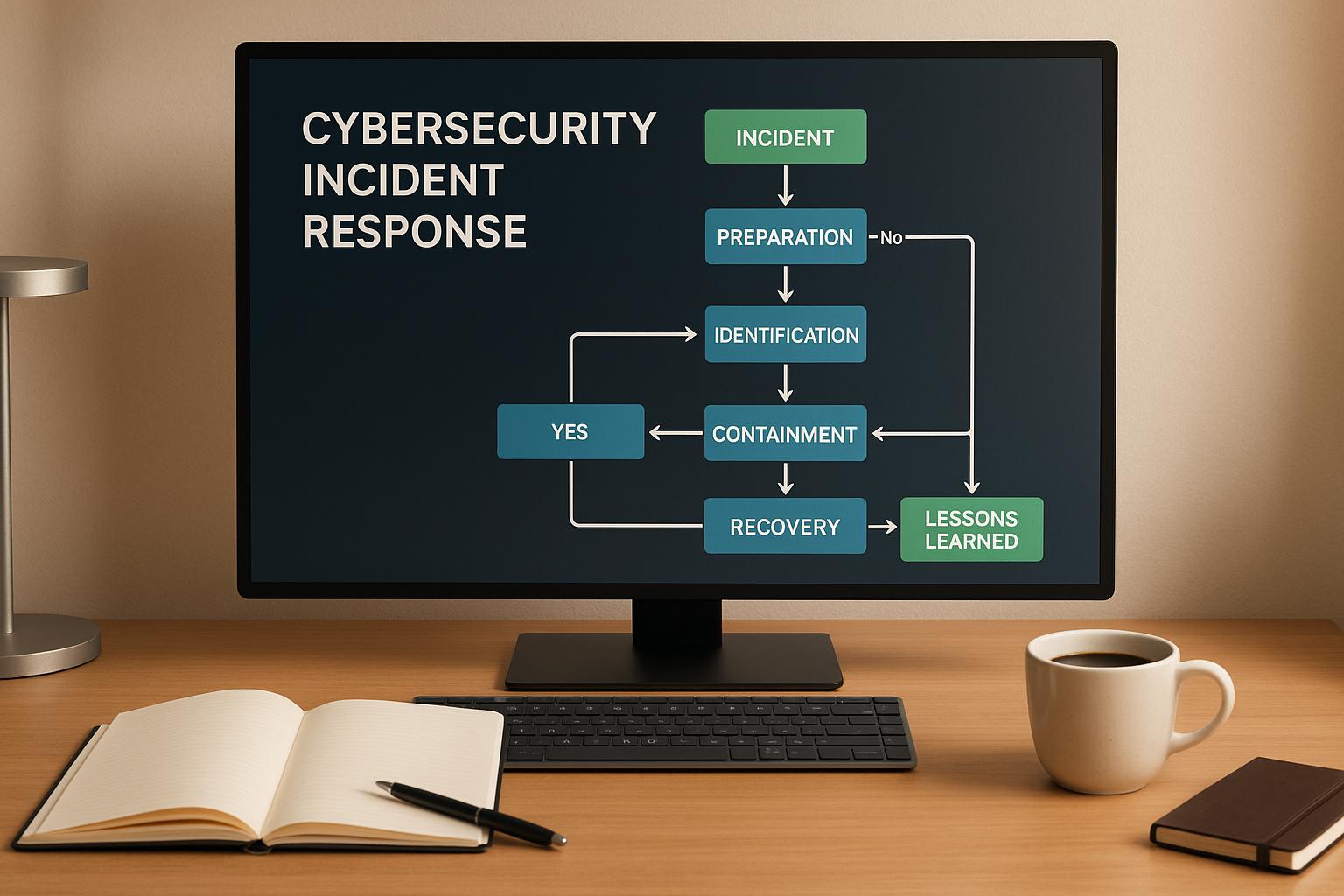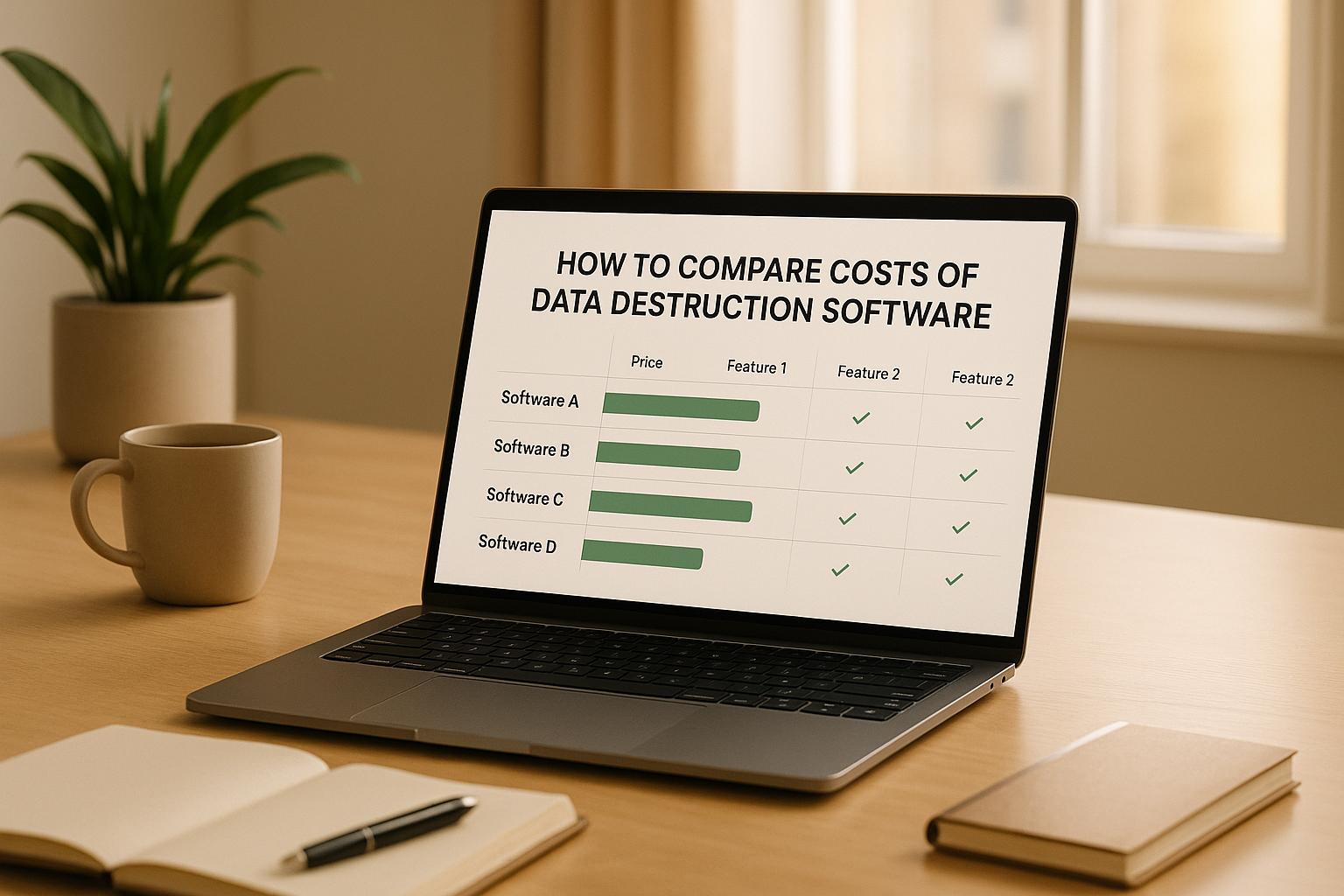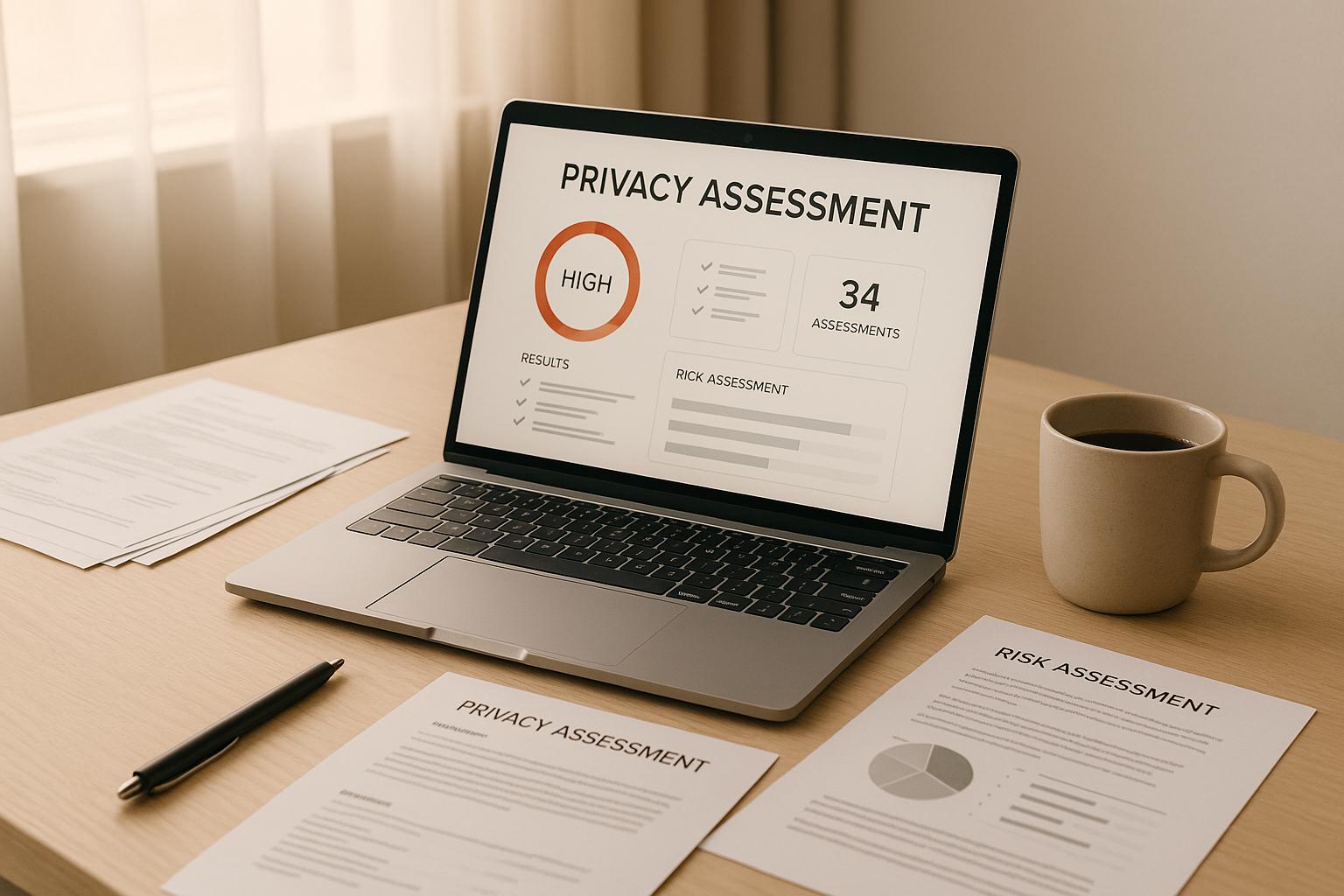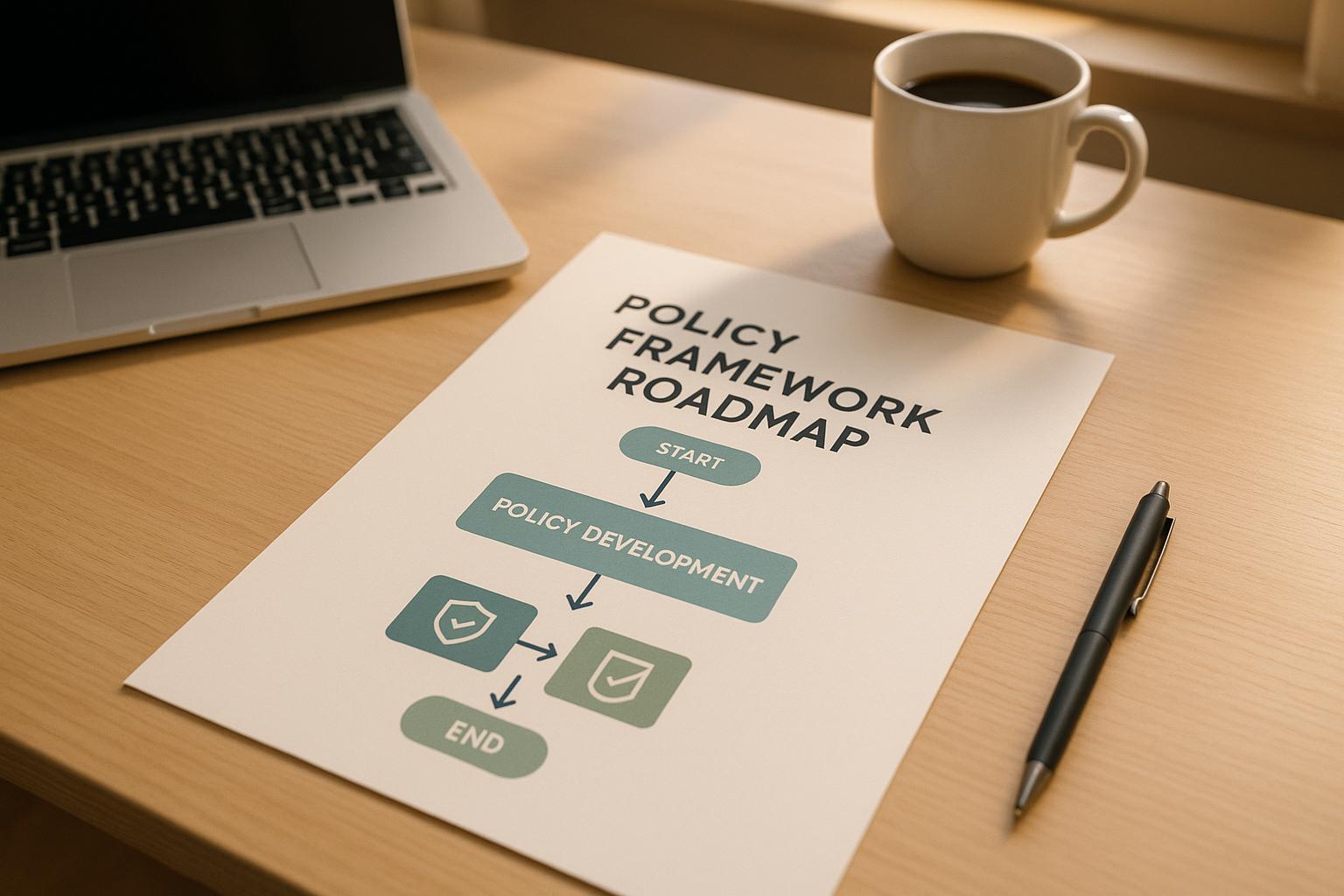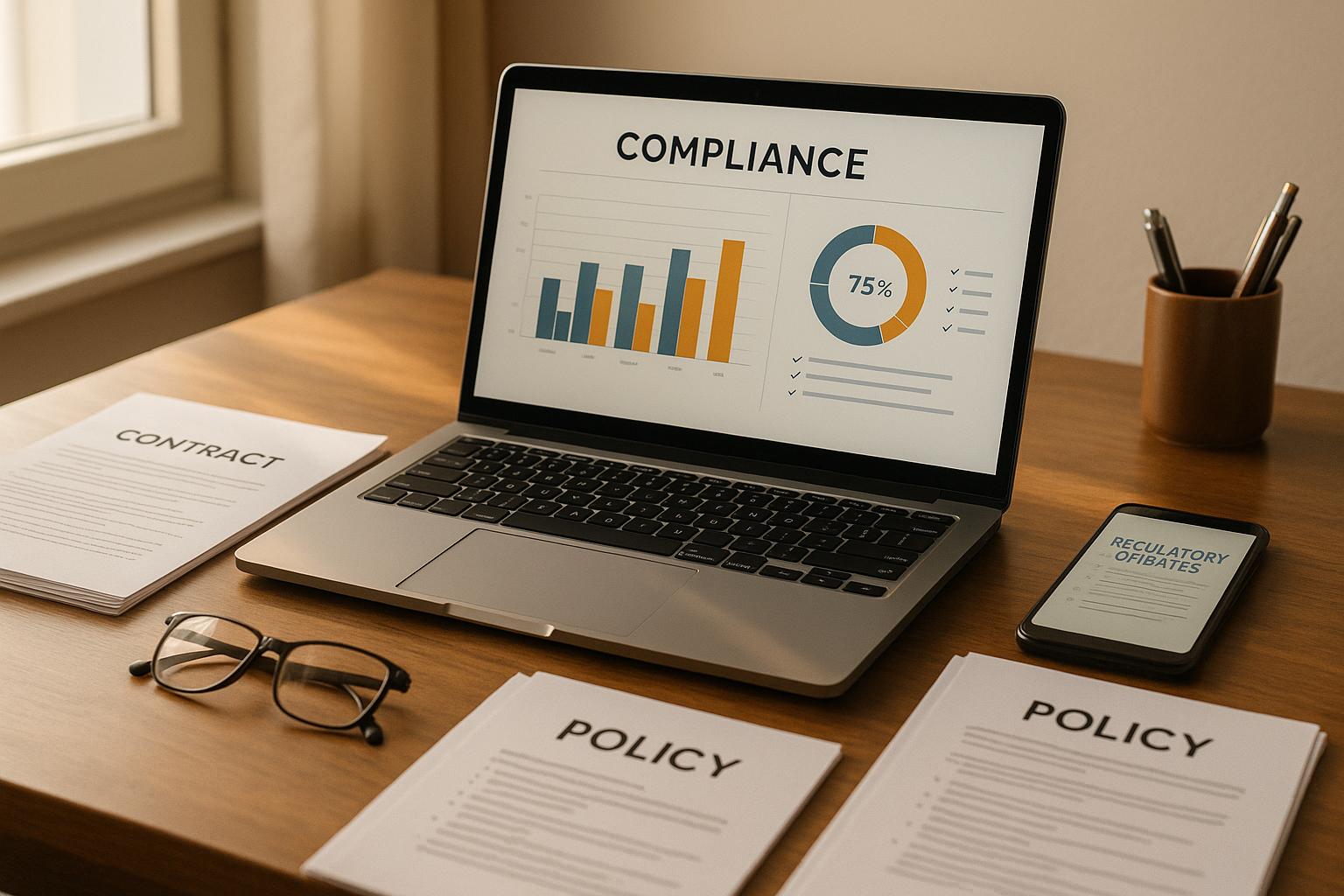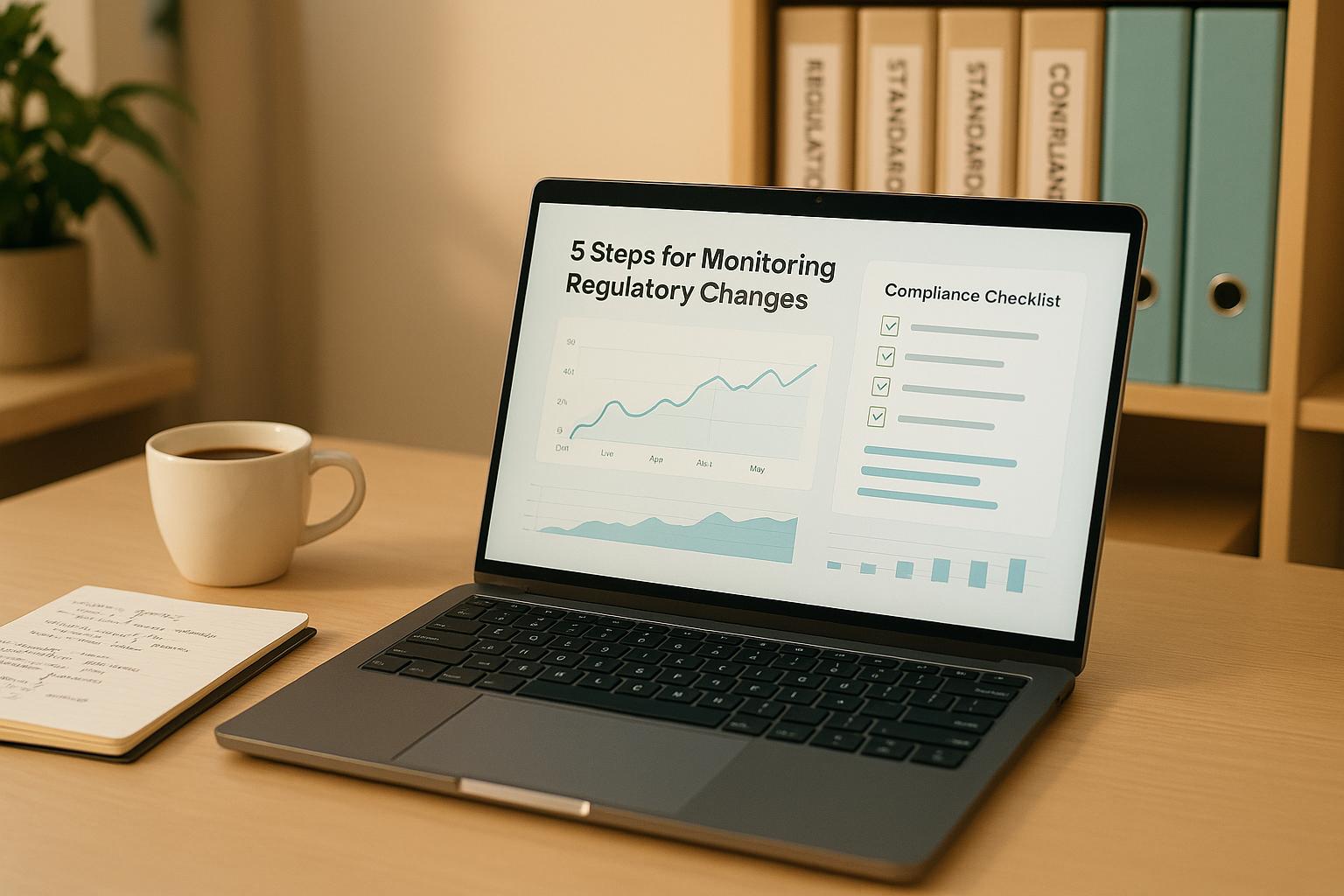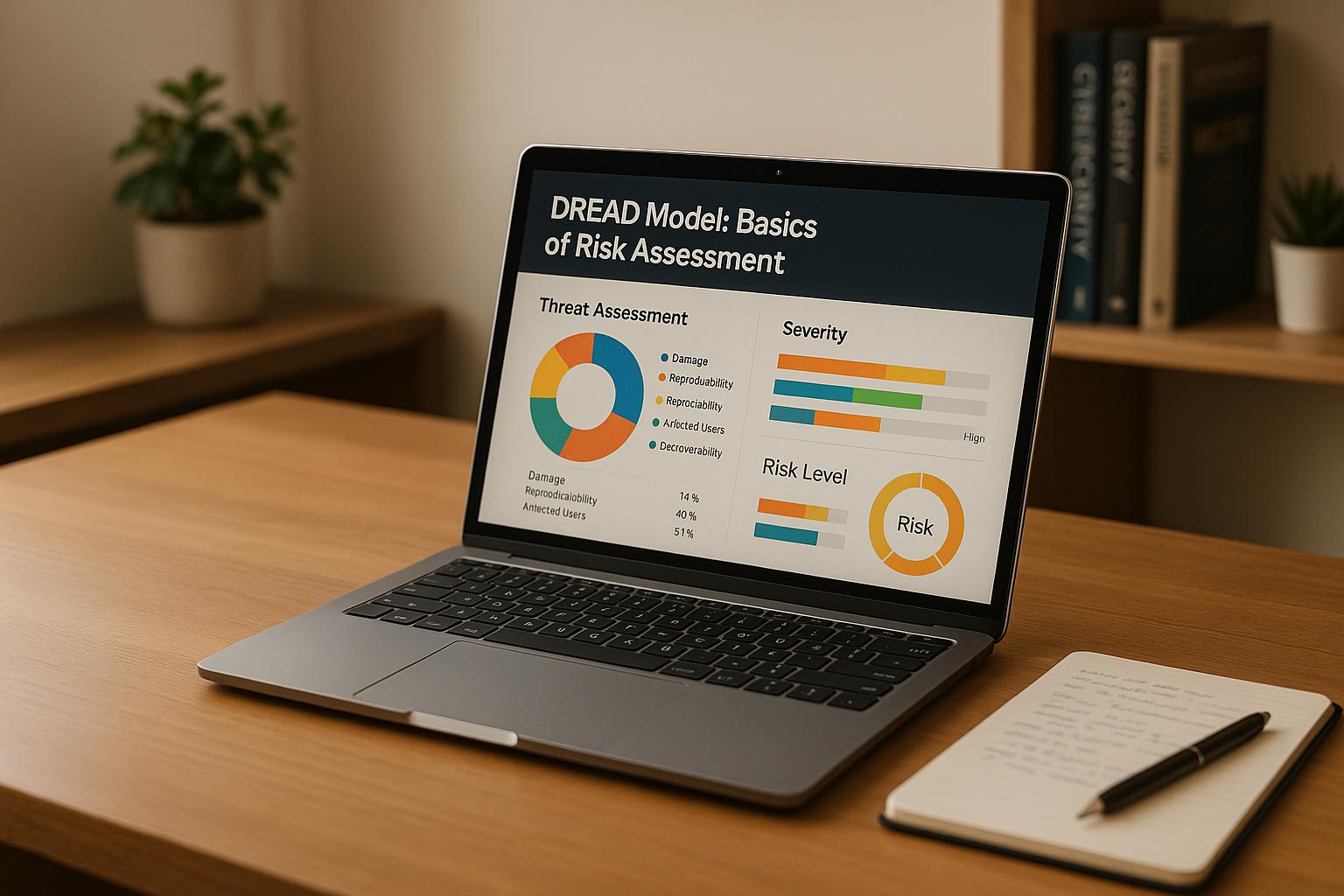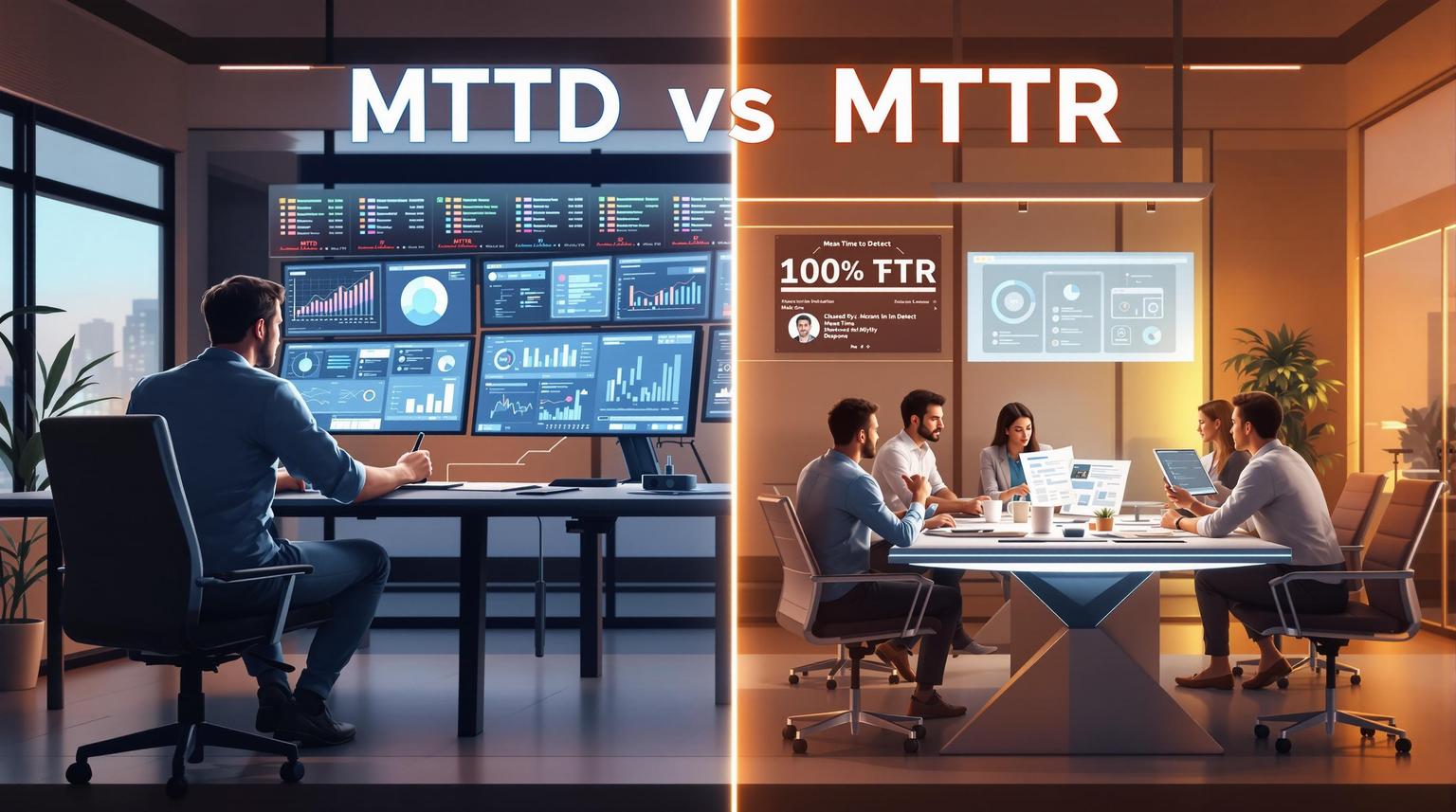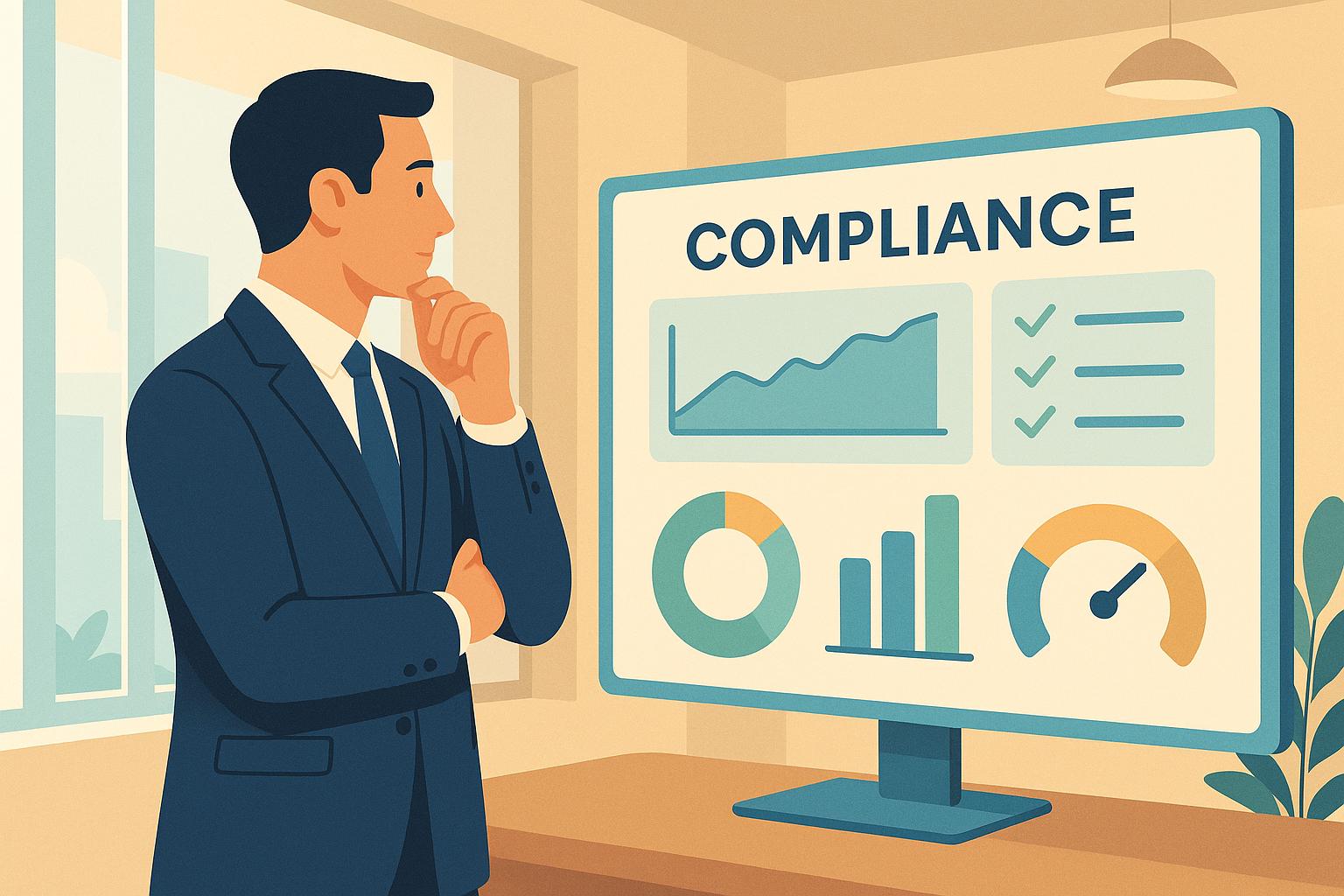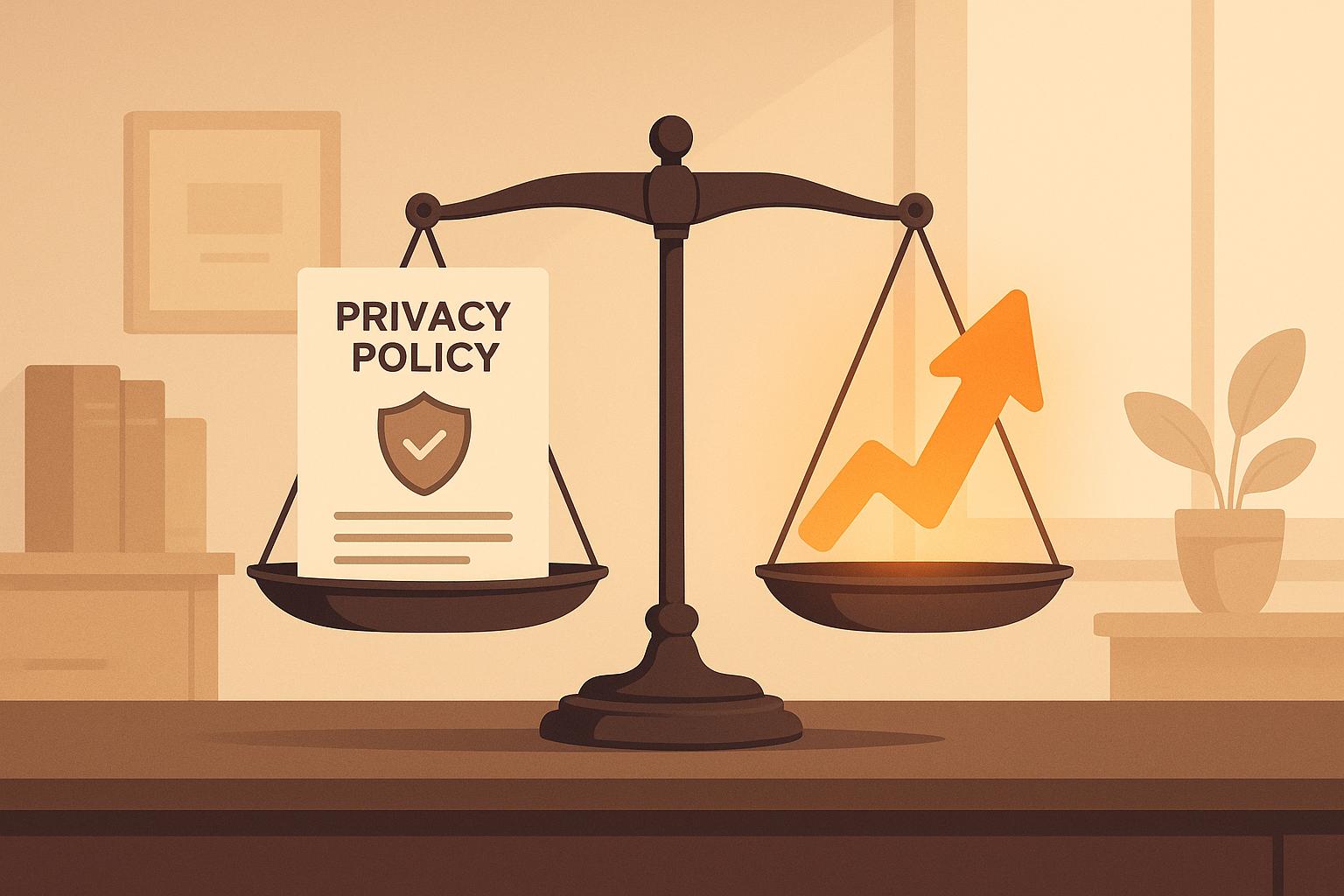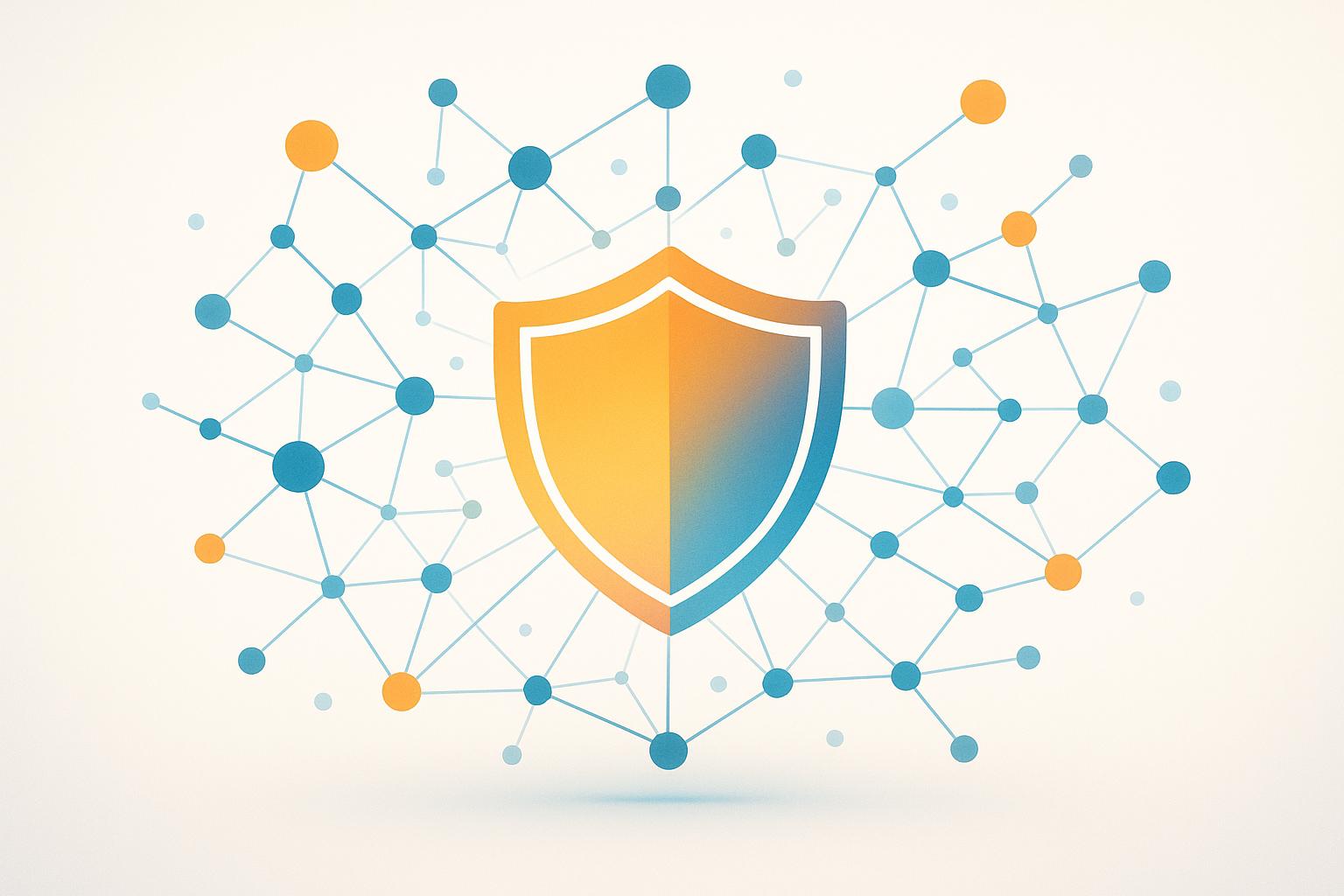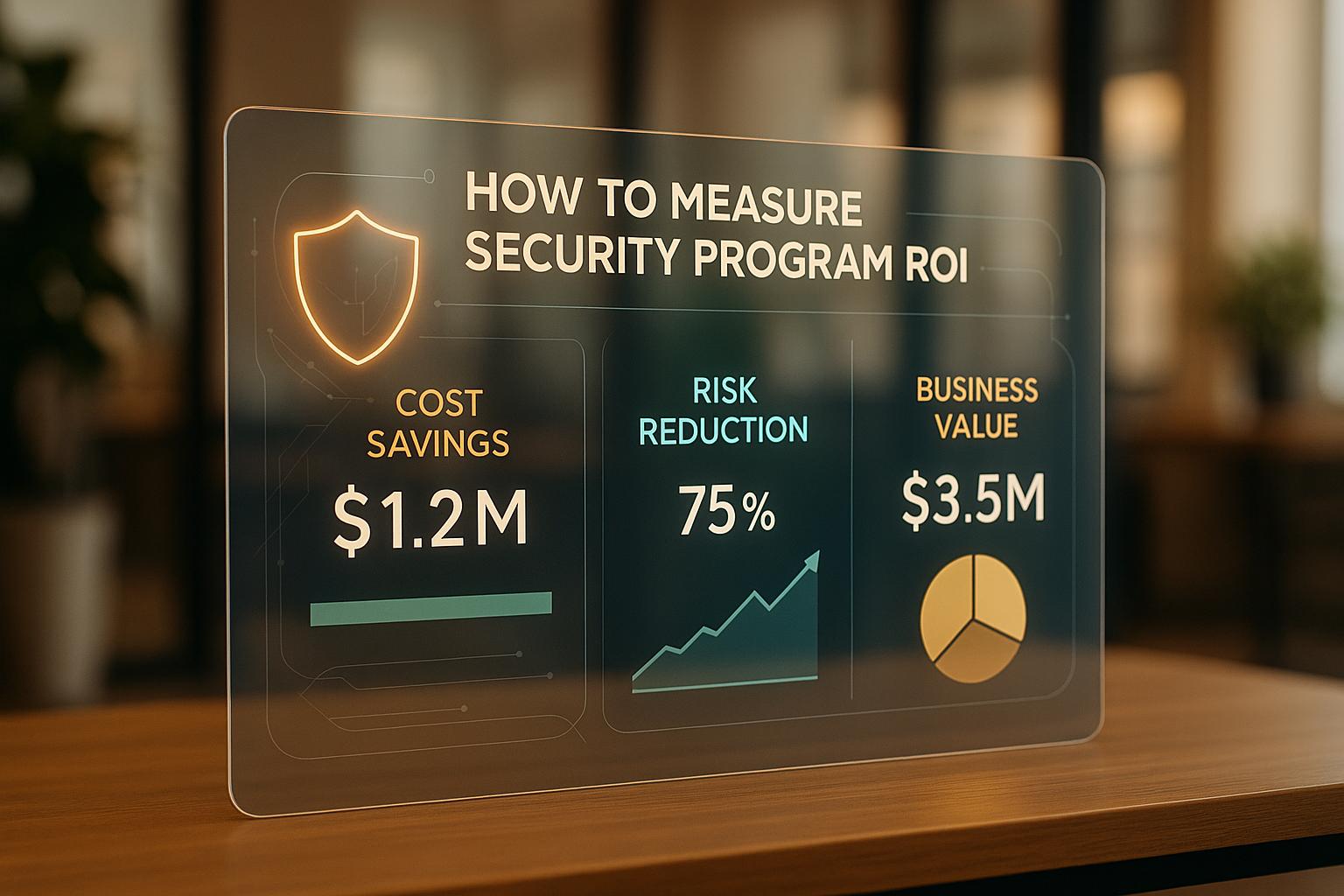
Measuring the ROI of your security program boils down to understanding its financial and operational benefits. Here's a quick breakdown:
- What is Security ROI? It assesses how cybersecurity investments save costs, reduce risks, and support business goals.
- Why is it tricky to measure? It's hard to value incidents that never happen, like avoided breaches or preserved trust.
- Who needs it? C-level executives, board members, and security leaders rely on ROI data to justify budgets and align efforts with business priorities.
- Key components of Security ROI:
- Cost Savings: Preventing incidents saves money on response, fines, and downtime.
- Risk Reduction: Strong defenses lower the chance of costly breaches.
- Business Value: Protecting operations and trust boosts revenue and customer loyalty.
- How to calculate it: Use the ROSI formula:
- ROI = (Security cost avoided - Cost) / Cost
- Consider factors like incident costs, frequency, and mitigation effectiveness.
- Key metrics: Focus on resilience (uptime), risk reduction (fewer incidents), cost savings (lower breach costs), and efficiency (faster response times).
Security ROI isn't just about avoiding losses - it drives growth, protects trust, and ensures stability. With breaches costing an average of $4.88M in 2024, a strong security program is a smart investment.
Return on Investment in cybersecurity
Main Parts of Security Program ROI
A security program's return on investment (ROI) relies on three interconnected components. Together, they illustrate the financial impact of cybersecurity efforts. By understanding these elements, organizations can better assess how their security measures contribute to overall business success.
Cost Savings
Cost savings are the most immediate and measurable financial benefits of a security program. These savings come from avoiding expenses that would otherwise drain resources during security incidents.
Direct cost savings include reduced expenses for incident response, fewer regulatory fines, and minimized downtime-related costs. For example, effective patch management can eliminate the need for costly emergency response teams or crisis management efforts.
Indirect cost savings go beyond the surface. These include reduced legal fees, lower insurance premiums, and limited productivity losses. Organizations with strong security systems often secure better cyber insurance rates, saving significant amounts annually. Additionally, maintaining system uptime ensures employees stay productive and avoids ripple effects of operational disruptions.
To measure cost savings accurately, organizations should adopt a structured approach. This involves identifying potential costs, calculating the benefits of security measures, and conducting sensitivity analyses. Such an approach not only aids decision-making but also fosters transparency across teams.
Risk Reduction
Risk reduction focuses on how well a security program prevents potential financial losses caused by cyber threats. While cost savings deal with avoided expenses, risk reduction measures the value of threats that never materialize due to strong defenses.
Consider this: In 2021, an average of 14 data breaches occurred daily, and ransomware payouts increased dramatically from $812,380 in 2022 to $1,542,333 in 2023. Furthermore, 98% of organizations reported having third-party relationships that experienced breaches over the past two years. These figures underscore the high stakes of inadequate security.
To gauge risk reduction, organizations can track metrics like Mean Time to Detect (MTTD), Mean Time to Contain (MTTC), and the number of systems with known vulnerabilities. These indicators provide insight into defensive capabilities and highlight areas needing improvement.
Cory Musselman, CISO at Kyndryl, introduced a "cyber balance scorecard" in Q1 2025 to evaluate key performance indicators (KPIs) quarterly. This initiative demonstrated to leadership how the security program aligned with service level agreements (SLAs) without causing disruptions.
Ken Collins, Senior Director of Information Security at Sunbelt Rentals, emphasizes:
"Consistency, clarity, and communication are key. Speak their language, show your work, and don't just measure your program - measure its impact."
Effective risk reduction strategies include monitoring device and software updates, tracking intrusion attempts, and assessing the performance of Data Loss Prevention (DLP) systems. Comparing these metrics to industry benchmarks provides a clearer picture of strengths and areas for growth.
Business Value
The broader organizational benefits of a security program fall under business value. This aspect connects cybersecurity investments to business growth and competitive advantages, completing the ROI framework.
One major contributor to business value is operational continuity. Downtime costs can range from $100,000 to over $1 million per hour, depending on the industry. Security programs that prevent outages protect revenue streams, ensure customer satisfaction, and strengthen trust. Organizations that prioritize data protection often gain better market access and customer loyalty.
Additionally, compliance and well-negotiated insurance premiums enhance financial stability. Dashboards that link security metrics to KPIs, such as uptime, shift the focus from cost to revenue protection.
How to Calculate Security ROI
Calculating security ROI translates the benefits of cybersecurity into financial terms that decision-makers can easily grasp. This process relies on specific formulas and organized data gathering to provide actionable insights.
ROI Calculation Formulas
The Return on Security Investment (ROSI) formula is the cornerstone for assessing cybersecurity ROI. As experts describe it, ROSI is "a modified ROI calculation, where the net benefit is the cost of security breaches avoided compared to the prevention cost incurred".
Here are the key ROSI formulas:
| Formula | Description |
|---|---|
| ROI = (Security cost avoided - Cost) / Cost | Basic ROSI formula |
| ROI = (Annual Loss Expected * Mitigation Rate – Cost) / Cost | Accounts for mitigation rate |
| ROI = [($Single Loss Expectancy * Annual Rate of Occurrence) * Mitigation – Cost] / Cost | Breaks down annual loss expectancy |
These formulas depend on four main variables:
- Single Loss Expectancy: The total cost of handling a single security incident, including immediate response, system recovery, and regulatory fines.
- Annual Rate of Occurrence: The estimated number of times a specific type of incident may occur in a year, based on historical data and industry trends.
- Mitigation Rate: How effectively a security measure reduces the likelihood or impact of a threat. For instance, a firewall may significantly lower the risk of specific attacks.
- Cost: The total annual expense of implementing and maintaining the security solution, including software, hardware, training, and staff time.
For example, if an organization expects five phishing attacks annually, each costing $35,000, and invests $25,000 in training, the ROSI calculation shows a strong return. Similarly, a $50,000 firewall preventing $200,000 in yearly losses yields a ROSI of 3, highlighting the financial benefit.
These calculations provide a clear framework for understanding the cost savings, reduced risks, and overall value that cybersecurity investments bring to an organization.
Steps to Calculate ROI
With the formulas in place, it's time to apply them systematically. Aaron Peiken, Senior Solutions Engineer at OneTrust, notes, "When considering ROI, it's really about resourcing and prioritization. Implementing a common and objective risk scoring scale across the business enables risk management teams to better assess and allocate resources".
Step 1: Define Clear Objectives and Align with Business Goals
Start by identifying the goals of your security program and ensuring they align with the broader business objectives. This ensures that ROI calculations reflect priorities beyond just technical metrics.
Step 2: Identify Potential Losses
Calculate the financial losses that could occur without proper security measures. Include direct costs like incident response, legal fees, and fines, as well as indirect costs such as lost productivity and reputational harm. For example, the IBM Cost of a Data Breach Report 2024 estimates the average data breach cost at $4.88 million, up 10% from the previous year.
Step 3: Estimate Probability and Frequency
Use historical data and industry reports to estimate how often incidents might occur. The same IBM report reveals that it takes organizations an average of 292 days to detect and contain a breach.
Step 4: Determine Mitigation Effectiveness
Evaluate how well your security measures reduce the likelihood or impact of threats. For instance, robust security awareness training can significantly lower the risk of phishing attacks.
Step 5: Calculate Total Investment Costs
Factor in all costs related to the security measures, such as purchase, implementation, maintenance, training, and personnel time. Don't forget indirect costs like downtime during installation.
Step 6: Apply the ROSI Formula
Use the ROSI formula to analyze your data. Test different scenarios with varying assumptions about threats and mitigation effectiveness.
Step 7: Validate and Review Results
Compare your calculated ROI to industry benchmarks and conduct sensitivity analysis to understand how changes in key variables impact outcomes. Regular reviews ensure your calculations stay relevant as threats and business conditions evolve.
Organizations that follow this structured approach report an average ROI of 179% for effective cybersecurity measures. This kind of analysis helps justify security investments by showing how prevention costs stack up against the potential financial impact of incidents. Considering that cybercrime may cost between $1.2 and $1.5 trillion annually by 2025, these calculations are more critical than ever.
Key Metrics and Tools for Measuring Results
Evaluating security ROI requires precise metrics that translate security efforts into measurable business value, paired with tools that streamline data analysis. Here's a closer look at the key metrics and tools that can help organizations effectively measure their security ROI.
Important Metrics
Security ROI metrics generally fall into four main categories: resilience, risk reduction, cost savings, and time efficiency. These metrics go beyond surface-level activity tracking to show how security initiatives contribute to broader business goals.
- Resilience Metrics: These focus on how well a security program keeps operations running during threats. For instance, tracking system uptime during attacks or the time it takes to recover after a breach can demonstrate how investments protect revenue and ensure operational continuity.
- Risk Reduction Metrics: These measure how effectively security measures lower exposure to threats. Key indicators include the number of incidents prevented, vulnerability remediation rates, and compliance audit scores. These metrics highlight reduced risks of fines, legal issues, or reputational damage.
- Cost Savings Metrics: These quantify the financial benefits of security investments. For example, the average cost of lost business is $2.78 million, while a disruptive breach typically costs about $1,500.
- Time Efficiency Metrics: These capture operational improvements, such as reductions in mean time to detect (MTTD) and mean time to respond (MTTR) to incidents. Automation also plays a role, saving time on investigations and allowing teams to focus on strategic priorities.
Real-world examples illustrate the power of these metrics. A multinational bank cut incident response time by 45% using a SIEM solution, a hospital network reduced vulnerability patching time by 30% through automation, and a manufacturing firm lowered cybersecurity tool costs by 25%. By emphasizing value-driven metrics, security teams can clearly connect their efforts to tangible business outcomes.
Using Frameworks and Tools
Transforming metrics into actionable insights requires the right tools and frameworks. Governance, Risk, and Compliance (GRC) tools are particularly effective for tracking policies, regulations, and risks, making security ROI easier to measure.
Frameworks like the NIST Cybersecurity Framework, ISO 27001, GDPR, and HIPAA provide standardized approaches to data collection and metrics alignment. Many GRC platforms come with automated data collection features, which reduce manual work and improve accuracy. For example:
- Party City reported a 30–40% reduction in administrative hours by using GRC tools.
- ProSight Insurance saved 500–600 administrative hours annually through similar platforms.
Specialized modular tools often outperform all-in-one GRC suites by offering tailored workflows and automated data synchronization, ensuring more precise measurements. Services like Cycore's GRC Tool Administration can help organizations configure and maintain tools like Drata, Vanta, Secureframe, and Thoropass for optimal performance.
AI and machine learning play a growing role in real-time monitoring, improving risk identification and compliance automation. These technologies not only enhance ROI accuracy but also enable faster responses to evolving threats. Additionally, GRC tools increasingly integrate with broader business systems - like ERP and CRM platforms - offering a comprehensive view of security's impact on the organization.
The effectiveness of these tools is evident in user feedback. Gene Litvin from Edgewell highlights how AuditBoard simplifies processes:
"If I had to sum up what AuditBoard did for us, I would say it is a simplification and automation engine that makes me a partner to most departments. It is a link between our departments to enhance our productivity and collaboration".
Similarly, Bill Cancel from Berkadia notes:
"The return on investment in AuditBoard is being able to identify and address the risks within your environment so much faster".
Despite the advantages of these tools, many organizations face challenges. Two-thirds report an increase in risk volume and complexity, yet less than one-third describe their risk management processes as mature. This highlights the importance of selecting and properly implementing the right tools to measure security ROI effectively.
sbb-itb-ec1727d
Presenting ROI Results to Leadership
Once you've calculated and identified key ROI metrics, the next step is presenting those results in a way that resonates with leadership. To gain executive support, it's essential to translate technical accomplishments into clear, measurable business value. This is especially important since nearly half of security professionals identify a lack of executive understanding of security as a major challenge.
Converting Technical Data into Business Language
To secure buy-in from leadership, focus on connecting technical efforts to business outcomes. Instead of emphasizing metrics like patch deployment rates or the number of vulnerability scans completed, highlight how these actions safeguard revenue, minimize costs, and drive growth.
For example, illustrate how security investments directly contribute to financial benefits. Preventing three incidents with settlement costs ranging from $500,000 to $3 million could save the organization between $1.5 million and $9 million. Similarly, fraud prevention strategies can yield significant savings. If a strategy stopped 10 incidents in a year, with each incident historically costing $100,000, that’s $1 million in avoided losses. Even operational efficiencies, like automated alert triage saving 200 staff hours per quarter at $80 per hour, translate to $16,000 in cost savings.
Data shows that 85% of security leaders who align their efforts with business goals succeed in demonstrating cybersecurity ROI to stakeholders. Nathan Wenzler, chief security strategist at Tenable, emphasizes the importance of this alignment:
"Treating security as a risk function instead of just a technology function elevates and evolves cybersecurity into being a core part of the business risk strategy".
Adding industry benchmarks to your presentation can provide valuable context. Executives are often keen to see how their organization stacks up against competitors in areas like customer trust, regulatory compliance, and operational efficiency. This comparative perspective strengthens your case by linking security performance to tangible business outcomes.
When speaking the language of business, your goal is to show how security investments directly support objectives like faster product launches, reduced time to market, and improved customer satisfaction.
Using Charts and Comparisons
To make your case even more compelling, use visual tools to illustrate the business impact of security investments. With 45% of board members actively involved in setting security budgets, clear and impactful visualizations can be the key to securing funding.
Comparison charts work well to highlight potential losses versus the cost of prevention. For instance, show how an average breach cost of $4.88 million compares to the investment required to prevent it. Organizations with strong incident response plans save an average of $1.49 million on breach-related costs, while those using security AI and automation see savings of $2.22 million.
Before-and-after visuals are another effective tool. Use bar charts or line graphs to showcase improvements in areas like response times, vulnerability remediation rates, or compliance scores. These visuals should clearly link security enhancements to business benefits, such as reduced downtime, avoided fines, or protected revenue.
Status dashboards can provide leadership with a quick snapshot of the organization's current security posture. Gauge charts are particularly useful for showing metrics like compliance levels, risk reduction percentages, or security maturity scores compared to industry standards. Adding color coding - green for strong performance, yellow for caution, and red for areas needing attention - offers instant clarity.
When designing your presentation, limit it to seven key elements to keep the message focused and impactful. Structure your points so they’re easy to grasp without lengthy explanations, and include clear calls-to-action with specific timelines.
Trend analysis charts are another powerful way to demonstrate progress over time. Highlight how investments in security tools, training programs, or processes have led to measurable improvements. For example, show how a security awareness program reduced phishing success rates, resulting in lower business disruption costs.
The most persuasive ROI presentations combine various visualization types to tell a cohesive story. Start with broad comparisons to industry benchmarks, then drill down into specific metrics that clearly illustrate the value of your program.
Conclusion: Getting the Most ROI from Security Investments
To make the most of your security investments, it's essential to approach cybersecurity as a driver of business success, not just an expense. By aligning security initiatives with your company's core goals - like protecting revenue, ensuring operational stability, and fostering customer trust - you can create a strategy that delivers measurable returns while supporting long-term growth.
Maintaining ROI requires consistent monitoring and adaptability. Companies that regularly evaluate their security measures and adjust to emerging threats tend to see stronger results. This means focusing on clear communication, tracking program outcomes rather than just activities, and ensuring your efforts are always aligned with your business objectives.
The financial case for strong security investments is compelling. With the average cost of a data breach reaching $4.88 million in 2024, even modest improvements in security can lead to substantial savings. For instance, a major manufacturing company managed to cut its cybersecurity tool costs by 25% without sacrificing protection. They achieved this by eliminating redundant tools and optimizing their configurations, proving that smarter investments can enhance both security and cost efficiency.
Security should be viewed as an evolving business strategy, not a one-time fix. Regular risk assessments, gathering input from stakeholders, and ongoing performance reviews ensure that your security program keeps pace with new threats and changing business priorities. As Gartner projects that information security spending will hit $212 billion by 2025, mastering how to measure and communicate ROI could set your organization apart from the competition.
Ultimately, demonstrating security ROI goes beyond just preventing losses. It’s about enabling business growth, strengthening customer relationships, and improving operational efficiency. When security investments are thoughtfully aligned with business goals, measured effectively, and clearly communicated, they become a cornerstone of sustainable success. For tailored advice on aligning your security strategy with business objectives, check out the solutions offered by Cycore.
FAQs
How can organizations clearly demonstrate the ROI of their security programs to non-technical stakeholders?
Demonstrating ROI of a Security Program to Non-Technical Stakeholders
When presenting the value of a security program to non-technical stakeholders, it's crucial to focus on business outcomes rather than overwhelming them with technical jargon. Show how these investments align with key business priorities like cutting costs, minimizing risks, ensuring regulatory compliance, or improving operational efficiency. Use straightforward, relatable language to highlight the practical benefits these measures bring to the organization.
To make your case even stronger, rely on visual aids such as charts or infographics. These tools can break down complex data into easily understandable visuals, ensuring your audience grasps the key points. Storytelling is another effective approach - share real-world examples or scenarios that clearly demonstrate the tangible advantages of the program. By emphasizing results that resonate with business goals, you can build trust and create a stronger connection between technical teams and leadership.
What challenges do businesses face when calculating the ROI of their security programs, and how can they address them?
Calculating the return on investment (ROI) for a security program can feel like a tough puzzle. Why? Because some of the biggest benefits - like reducing risks or building resilience - don’t come with clear dollar signs attached. Plus, figuring out the financial impact of security investments often involves digging through layers of complex data.
So, how do you tackle this? Start with measurable metrics. For example, look at cost savings from avoiding breaches, minimizing downtime, or streamlining compliance processes. Beyond these numbers, think about the bigger picture: stronger customer trust and smoother day-to-day operations. Tools and frameworks, like the ones offered by Cycore Secure’s outsourced security and compliance services, can make this process easier. They help you cut through the complexity and find actionable ways to boost ROI.
How do AI and machine learning improve the measurement of security program ROI?
How AI and Machine Learning Improve Security Program ROI
AI and machine learning are transforming how organizations measure the return on investment (ROI) of their security programs. By analyzing massive datasets in real time, these tools provide sharper, data-driven insights that help pinpoint threats faster and reduce the chances of expensive security breaches. This real-time analysis ensures businesses can act swiftly while minimizing potential damage.
These technologies also play a crucial role in optimizing how resources are allocated. They highlight which areas of a security program yield the most value, helping companies make smarter investment decisions.
On top of that, AI and machine learning streamline operations by automating repetitive tasks and improving the accuracy of threat detection. This not only cuts down on operational costs but also strengthens risk management efforts. As a result, businesses can better quantify the financial and strategic impact of their security measures, ensuring they align seamlessly with overall business objectives.


